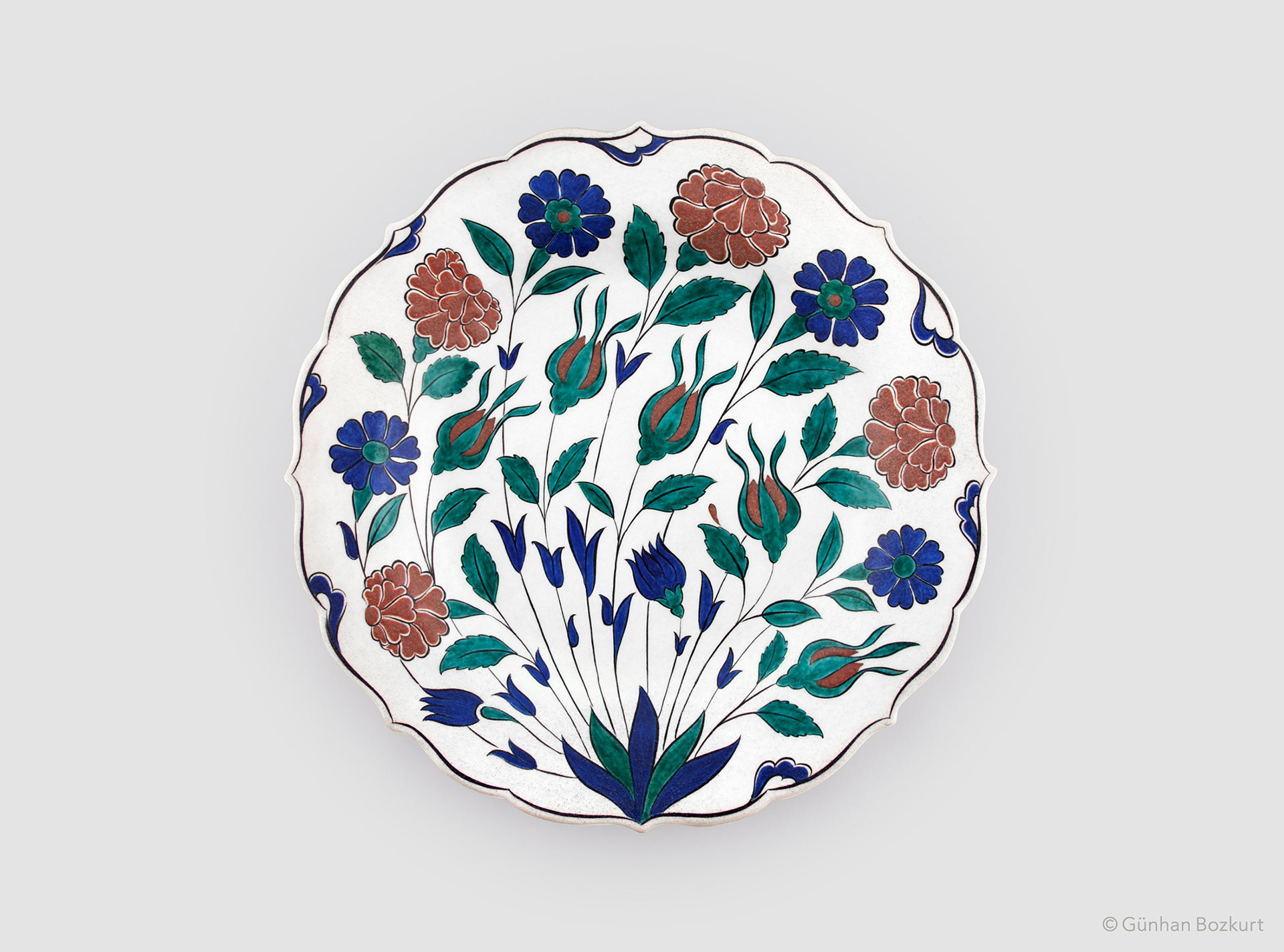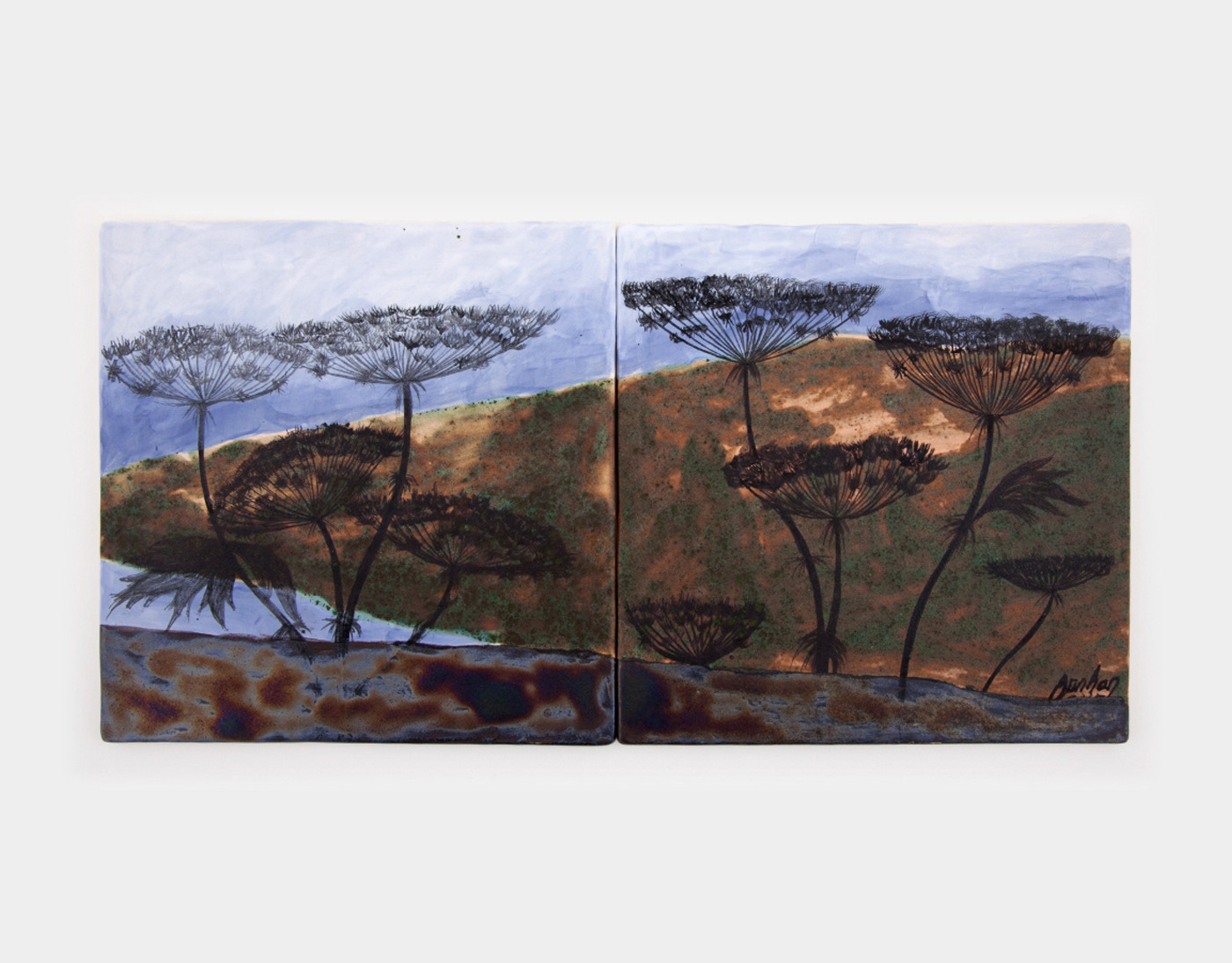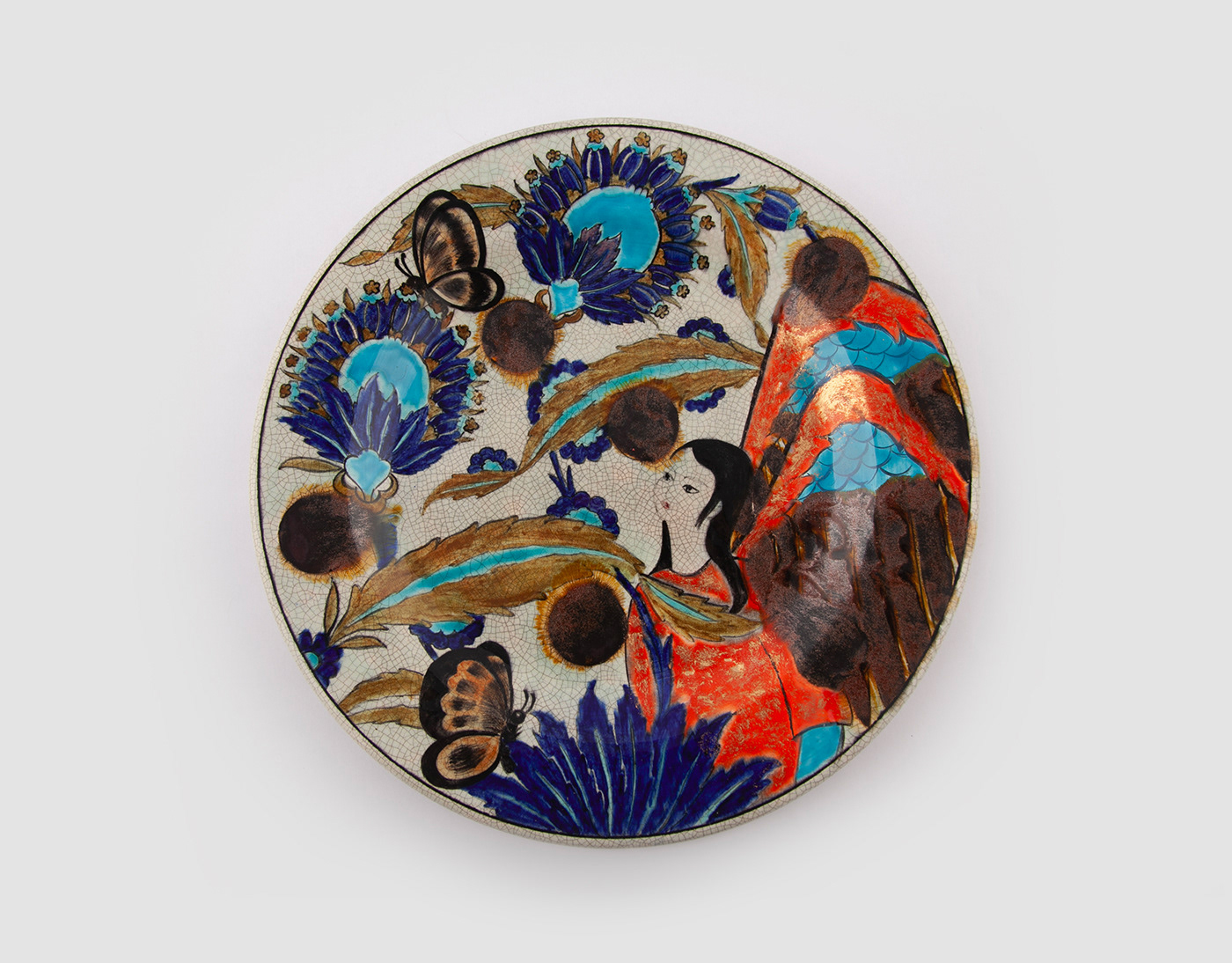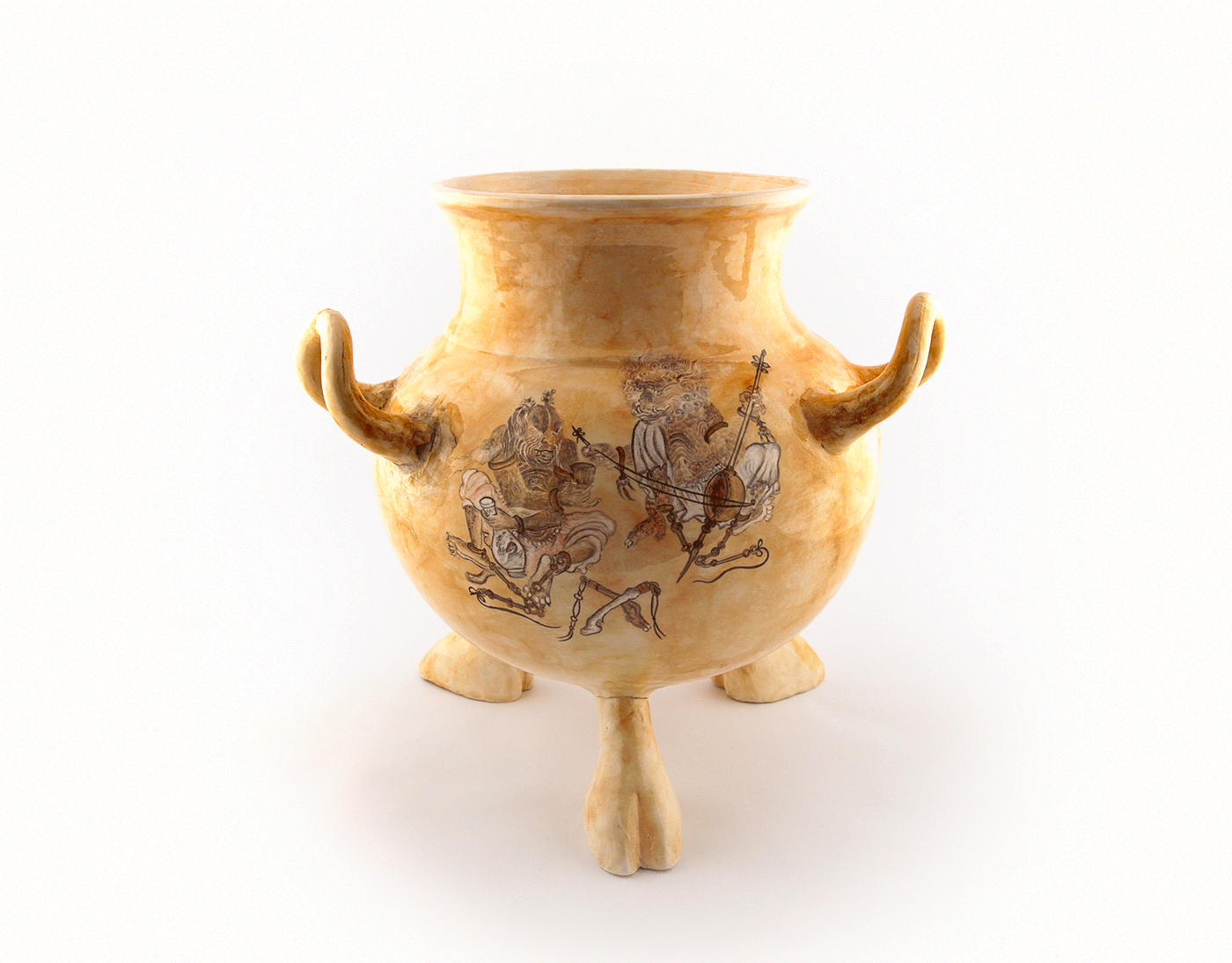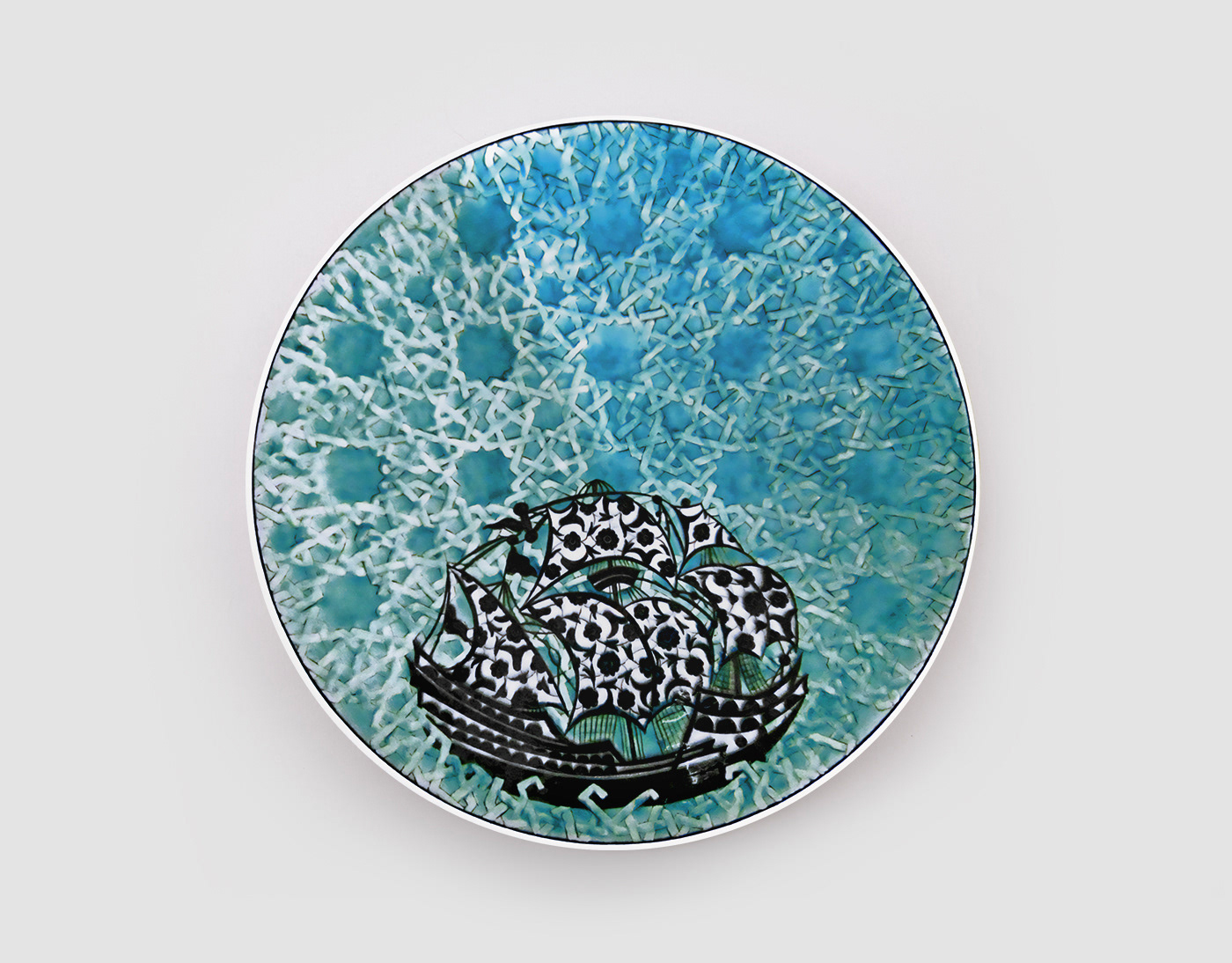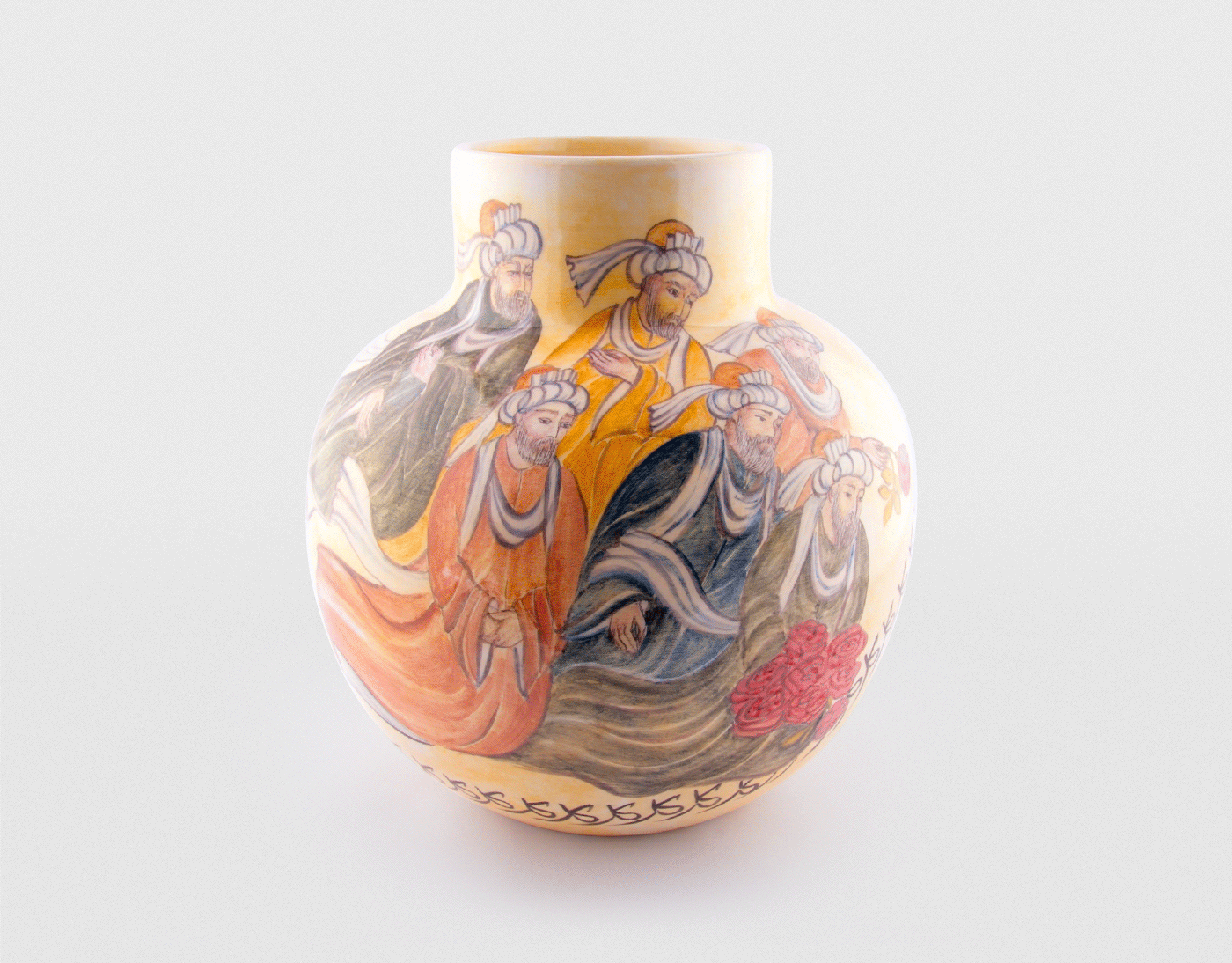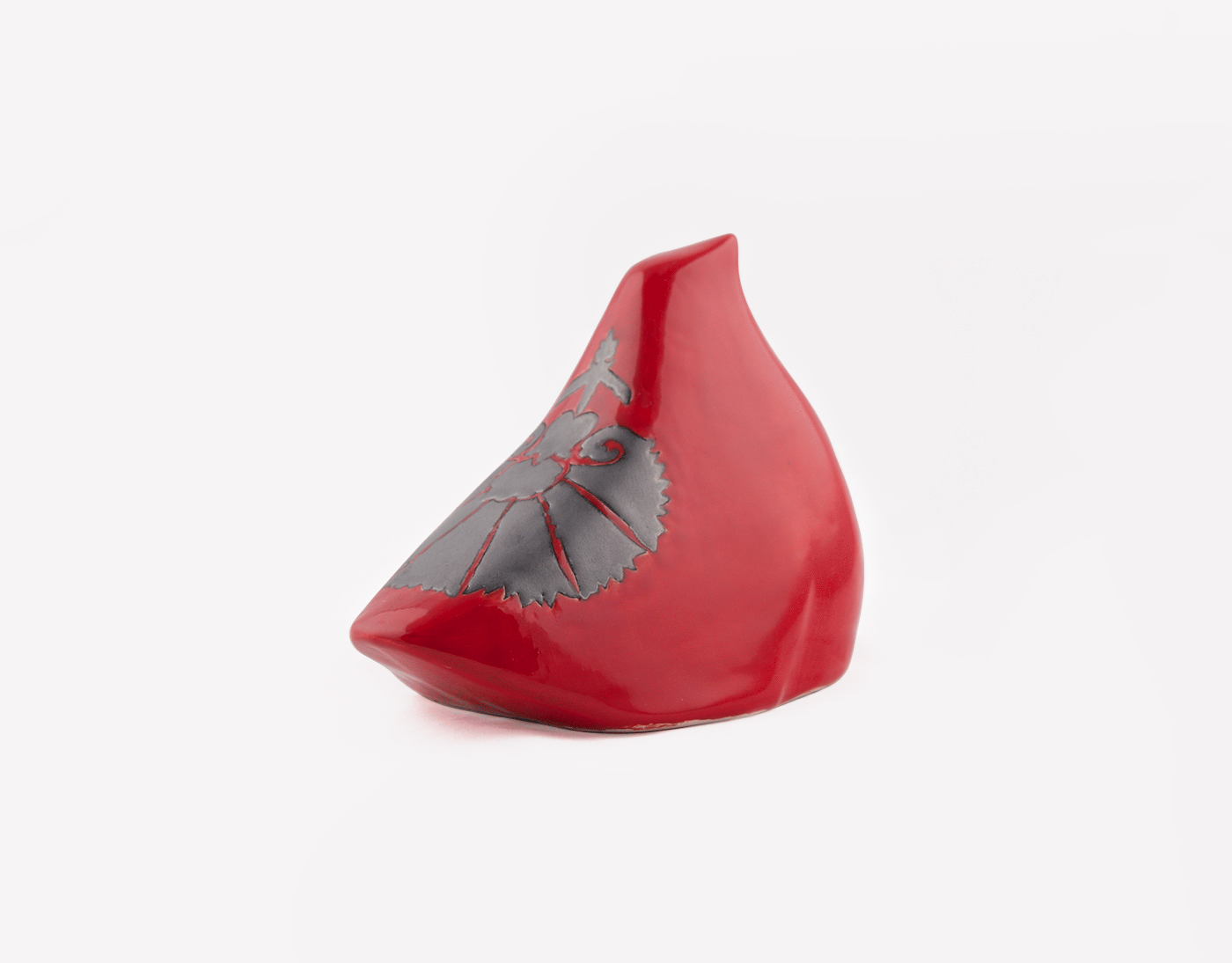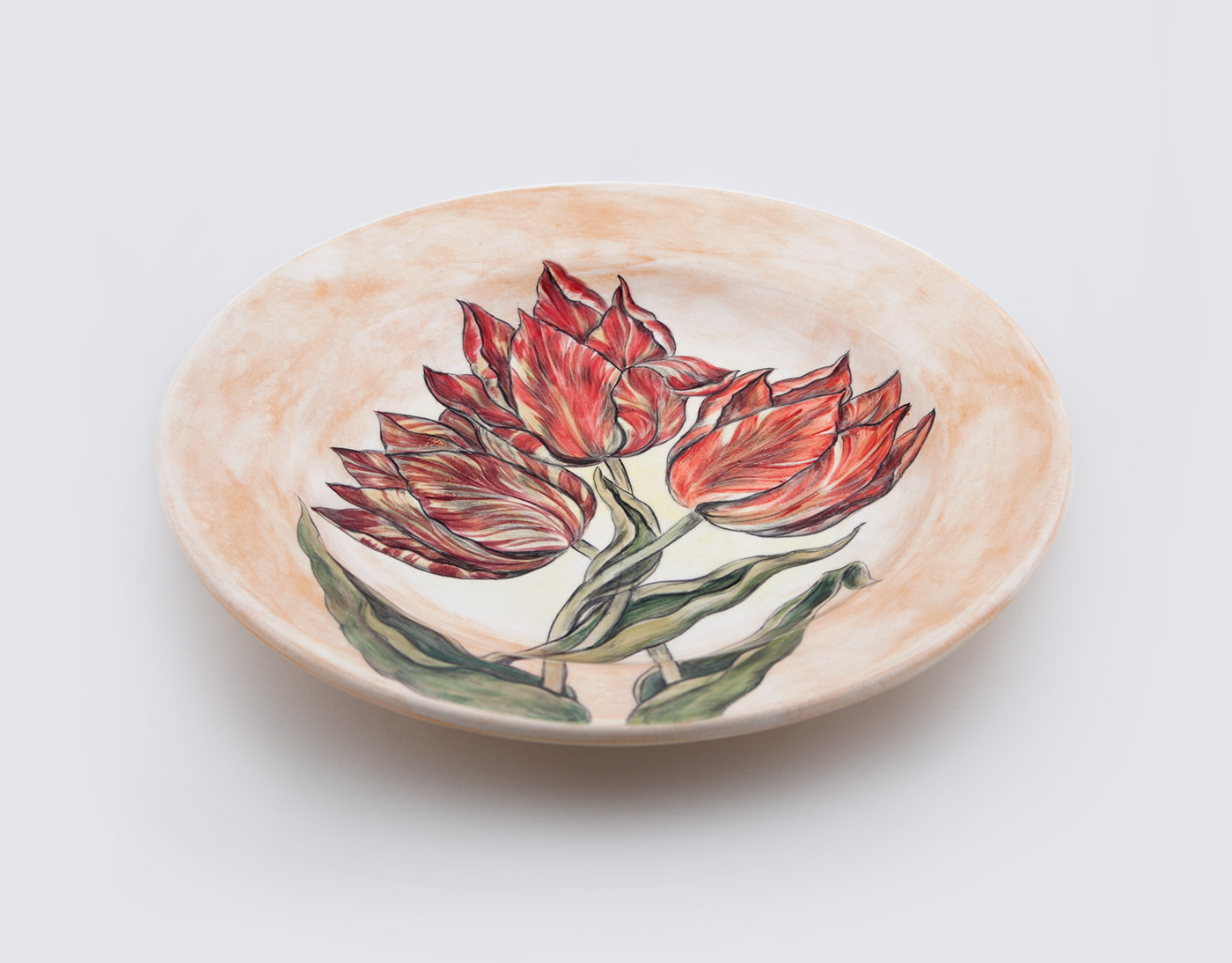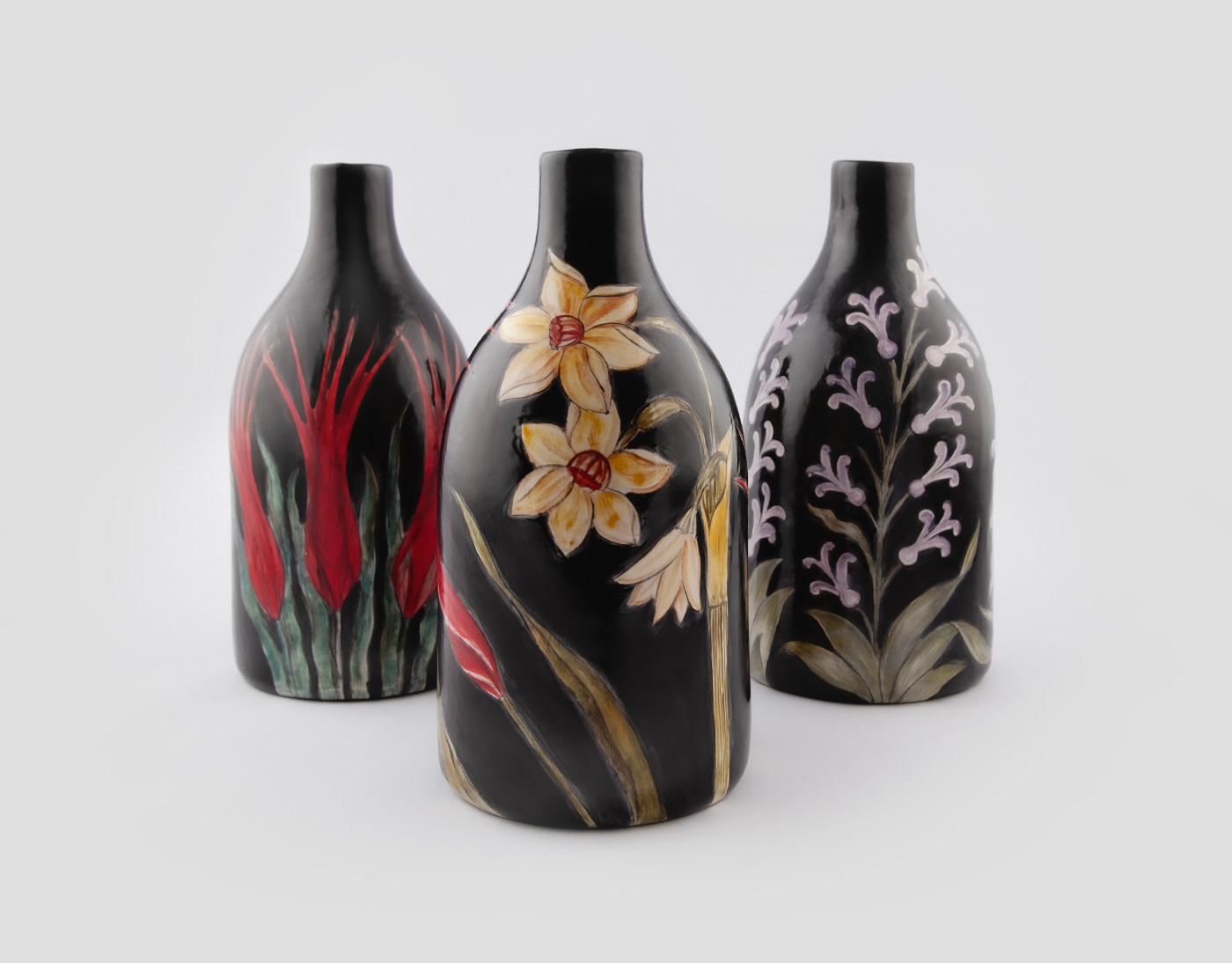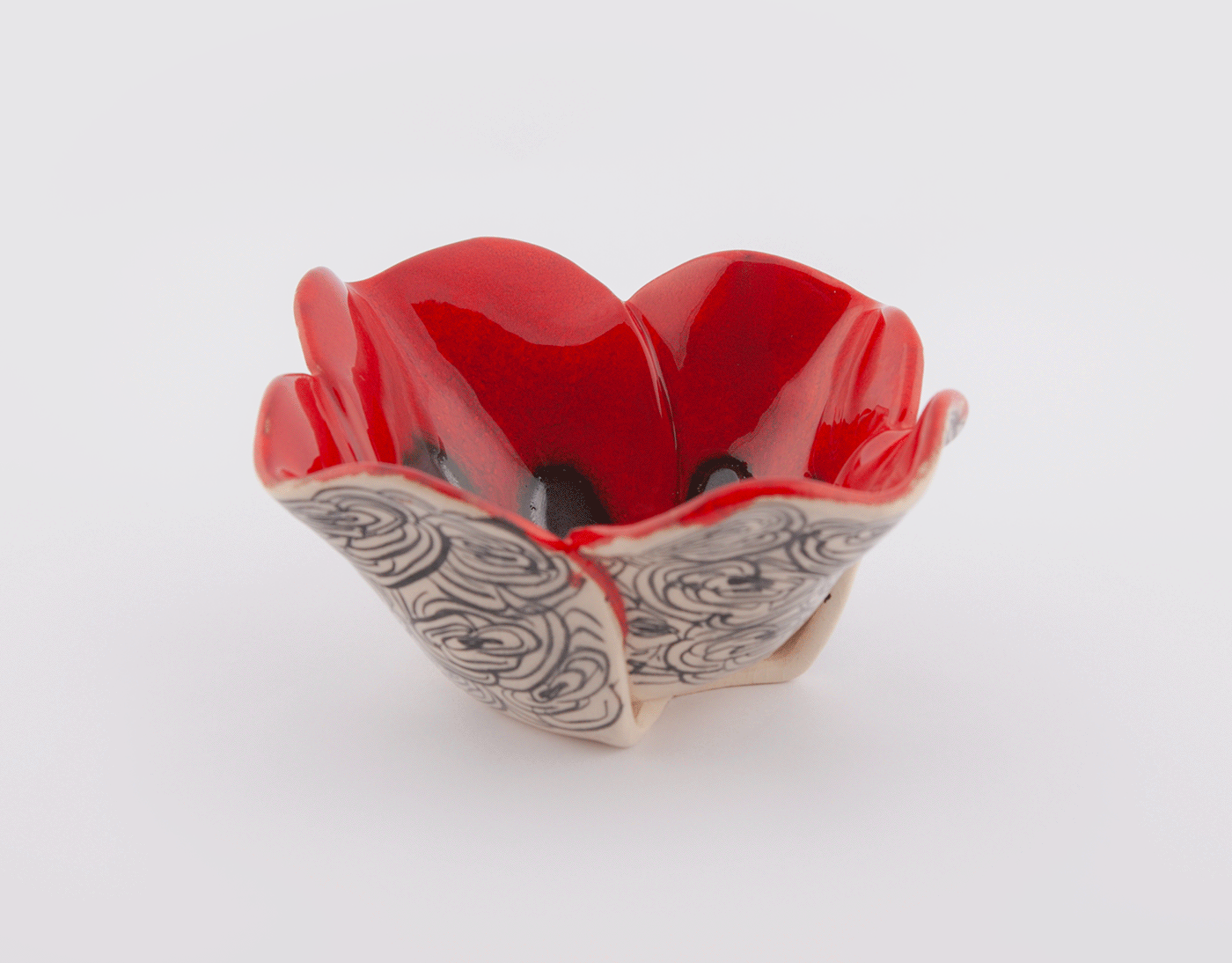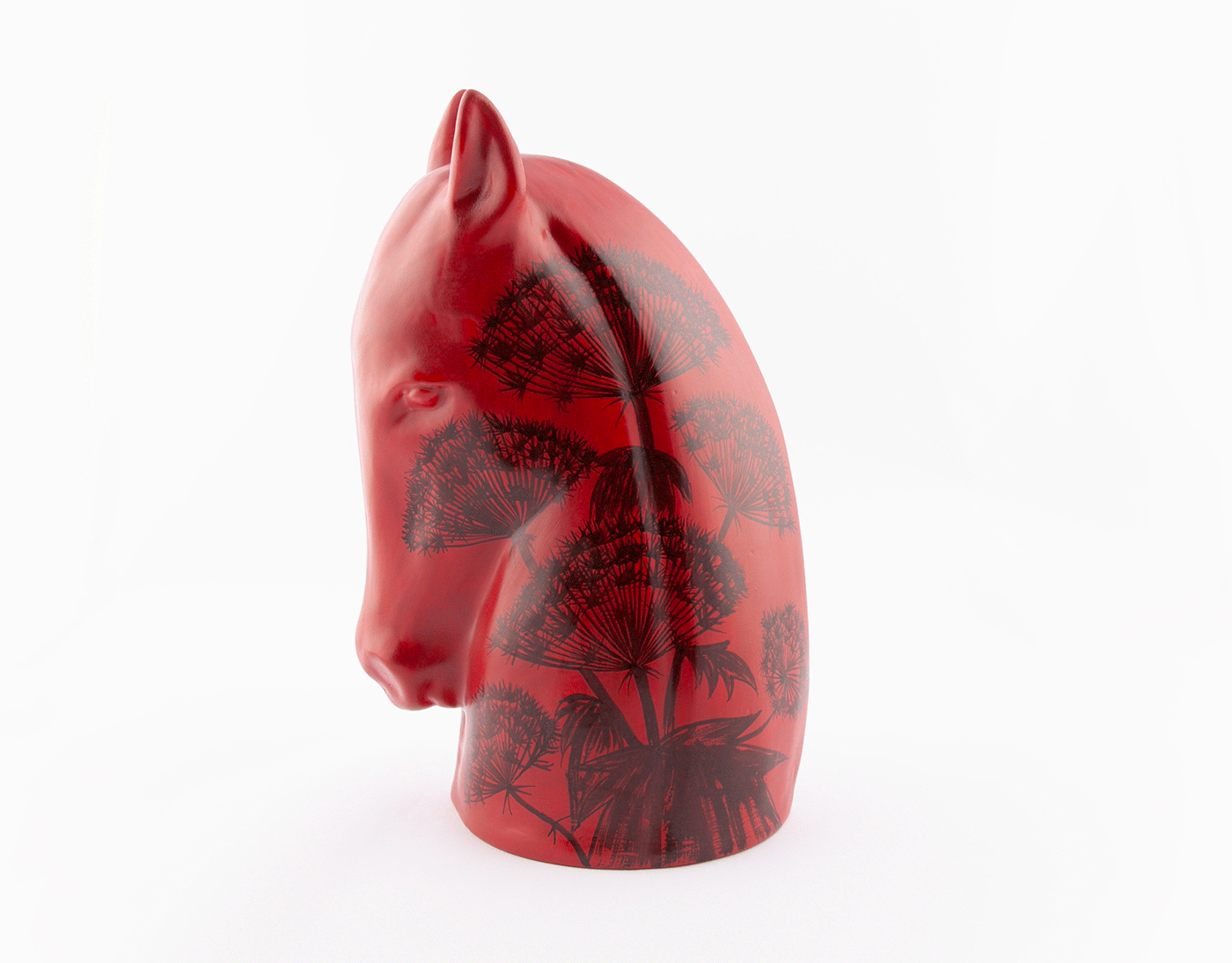CLASSICAL IZNIK
Studying and internalizing the motifs, patterns, and compositions of classical Iznik ceramics through meticulous etudes of the originals — tracing the principles behind their stylization, from floral arrangements to geometric harmony — has allowed me to execute the motifs with precision, translating them onto contemporary surfaces while preserving their historical elegance.
Studying and internalizing the motifs, patterns, and compositions of classical Iznik ceramics through meticulous etudes of the originals — tracing the principles behind their stylization, from floral arrangements to geometric harmony — has allowed me to execute the motifs with precision, translating them onto contemporary surfaces while preserving their historical elegance.
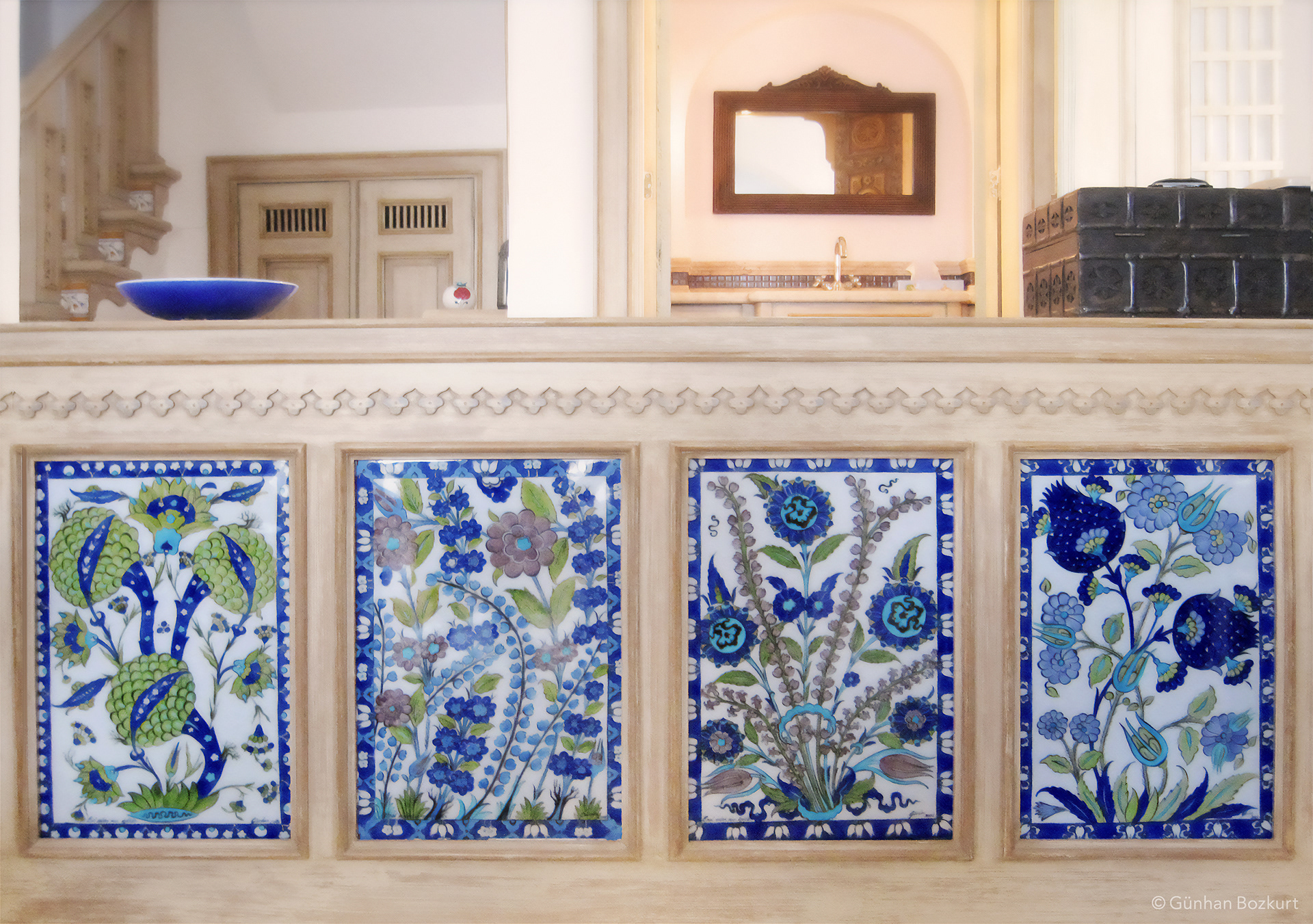
Quartz tiles handcrafted by Gunhan Bozkurt, installed in a private residence in Bodrum designed by architect Gulay Tezer.
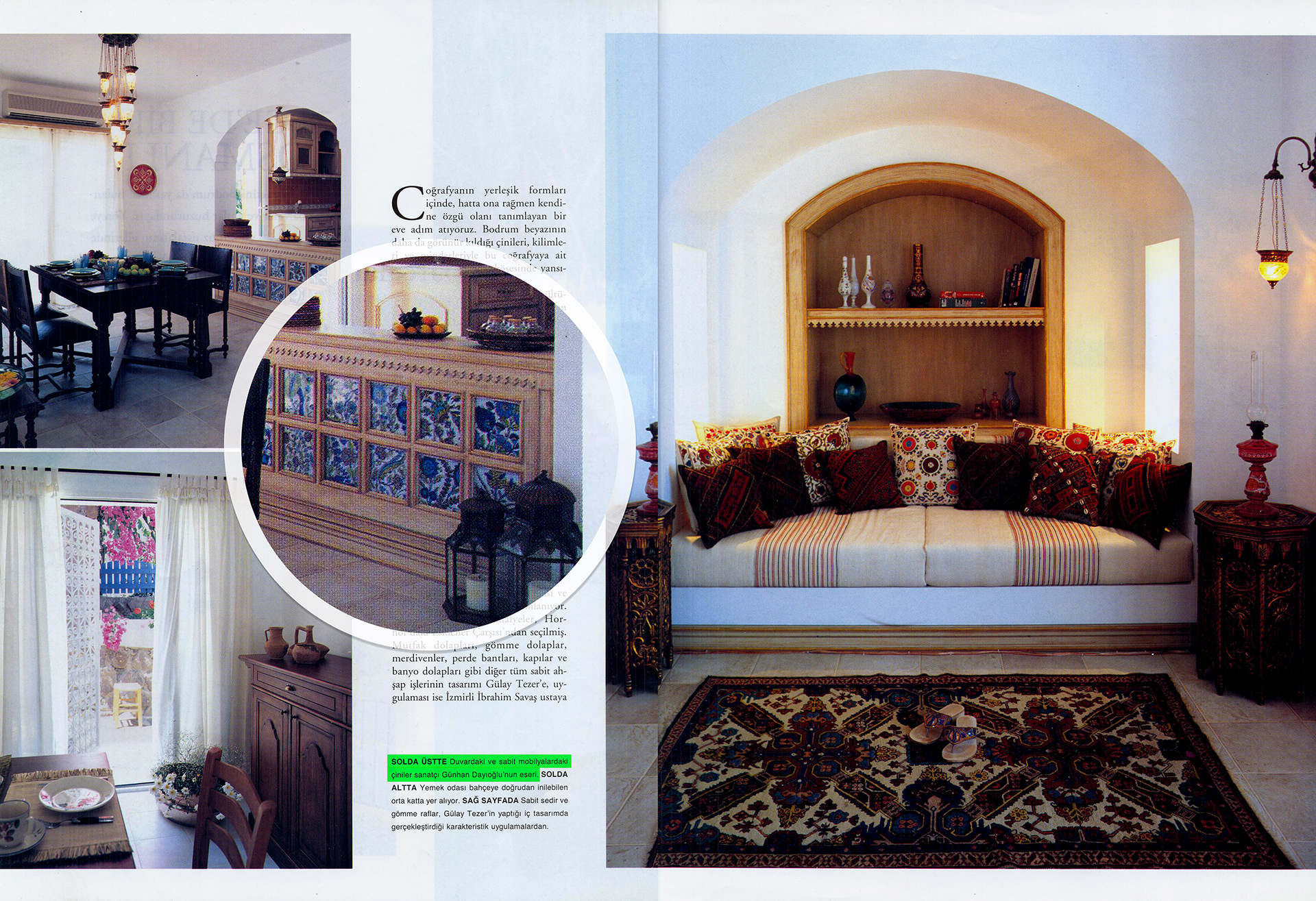
Quartz tiles handcrafted by Gunhan Bozkurt, installed in a private residence in Bodrum designed by architect Gulay Tezer.
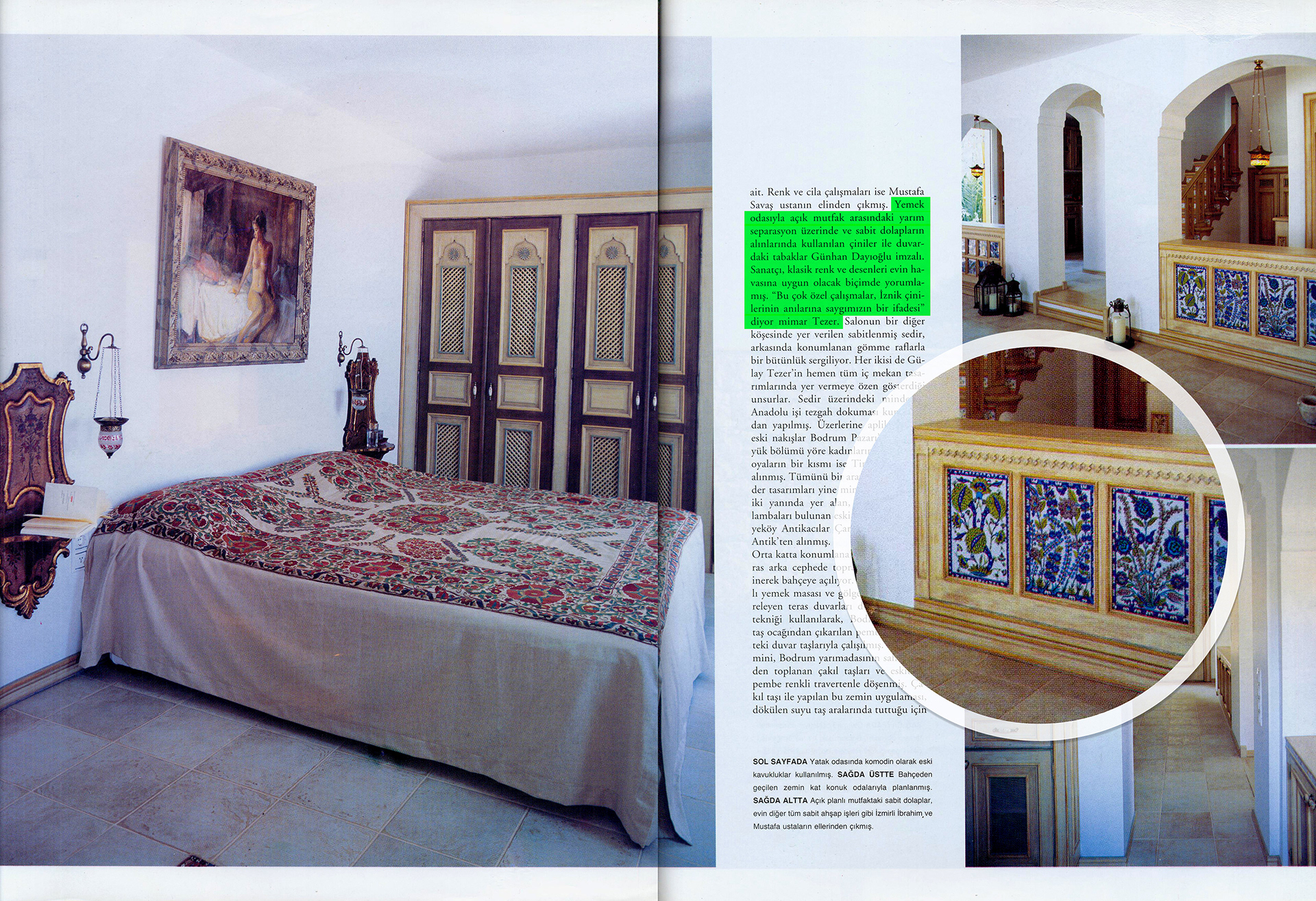
Quartz tiles handcrafted by Gunhan Bozkurt, installed in a private residence in Bodrum designed by architect Gulay Tezer.
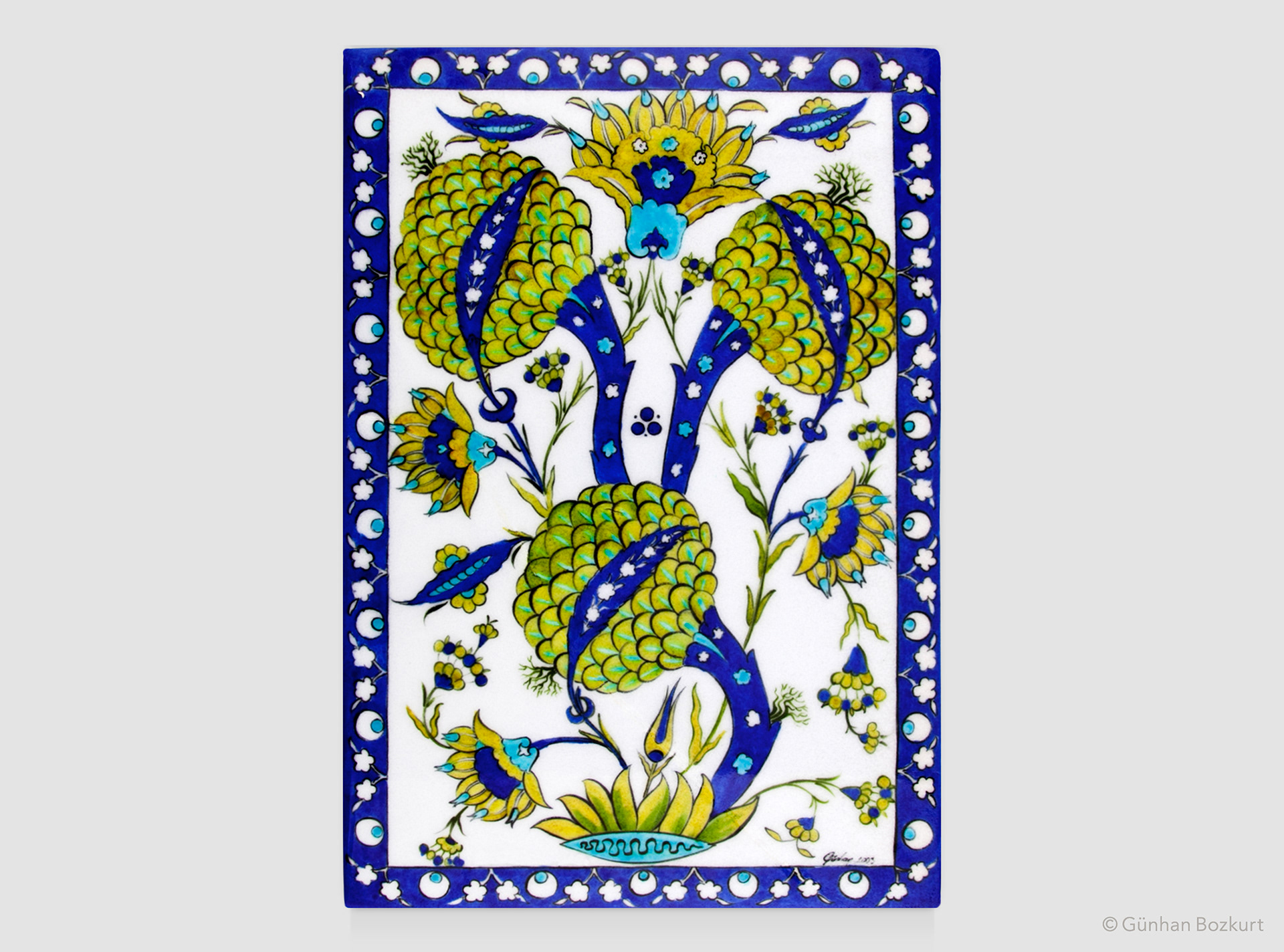
Based on an original Iznik deep dish with softly foliated rim, c. 1550. Calouste Gulbenkian Foundation Museum, Lisbon / quartz tile, 40 × 30 cm
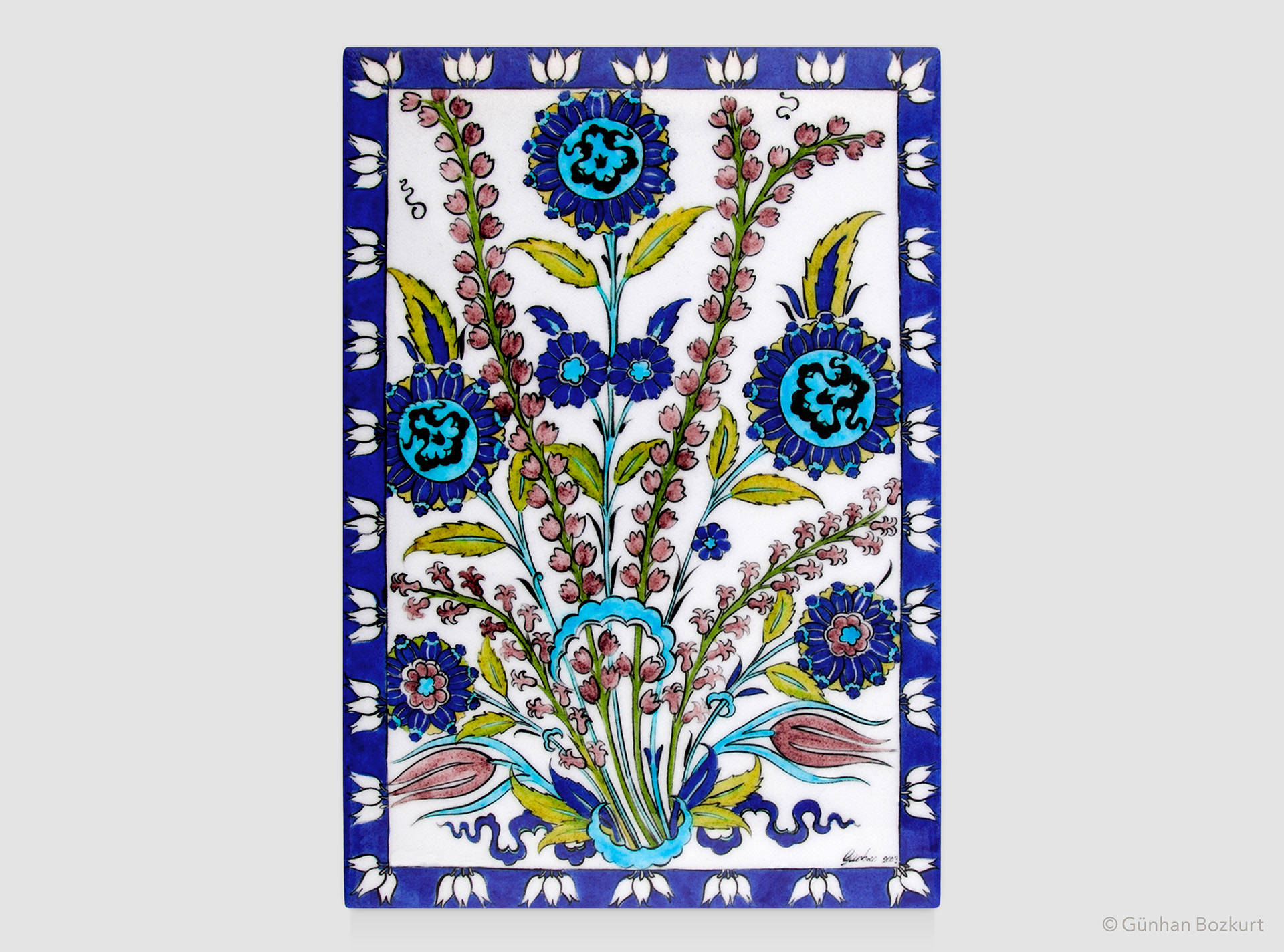
Based on an original Iznik rimless, shallow dish, c. 1550. Victoria & Albert Museum, London / quartz tile, 40 × 30 cm
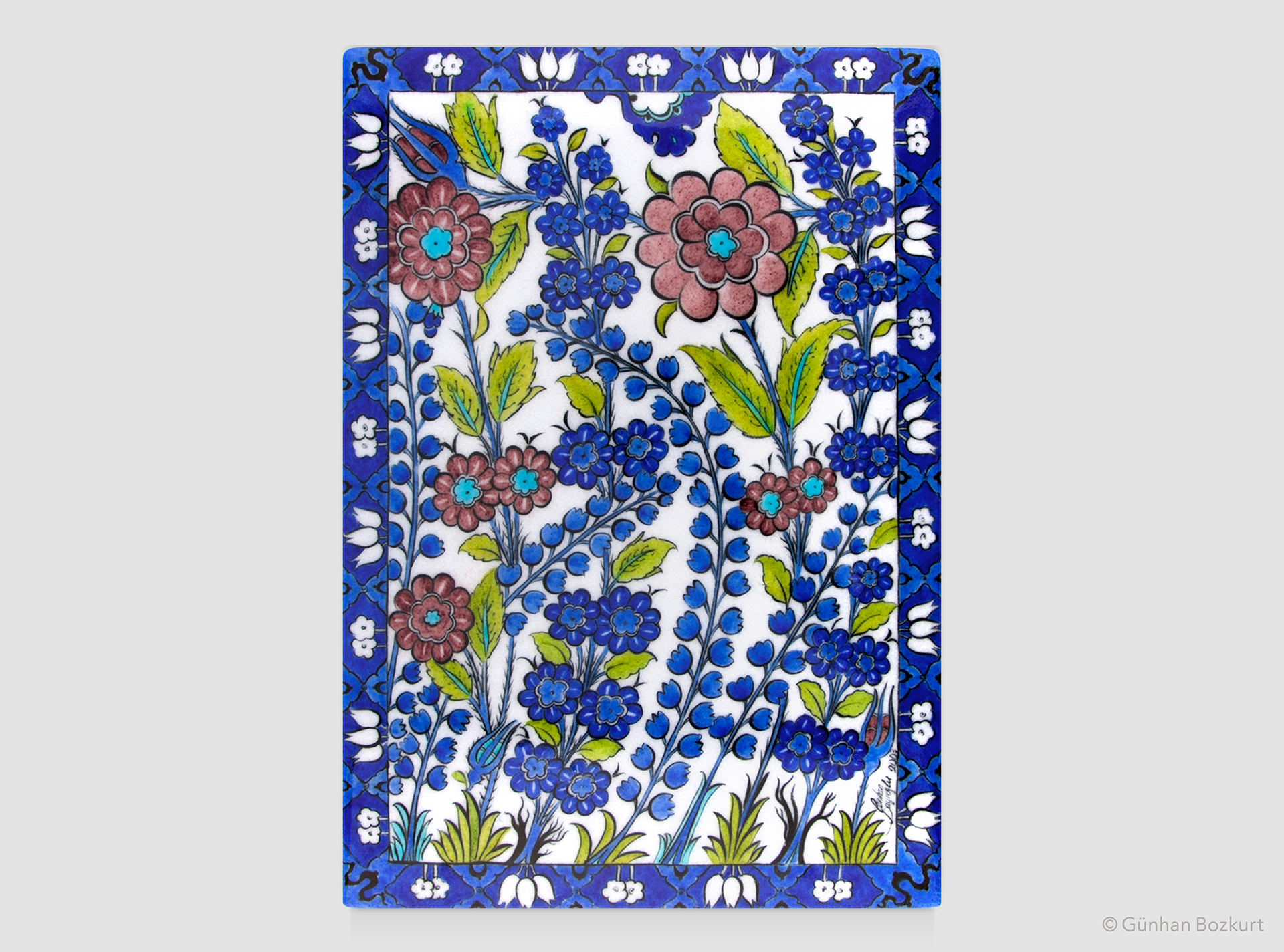
Based on an original Iznik cylindrical tankard, c. 1550. Calouste Gulbenkian Foundation Museum, Lisbon / quartz tile, 40 × 30 cm
The Blue-and-White Period (late 15th – early 16th century) is defined by designs grouped under Baba Nakkas and Golden Horn ware. Cobalt blue and its tonal variations dominate this phase, giving the ceramics their striking visual identity.
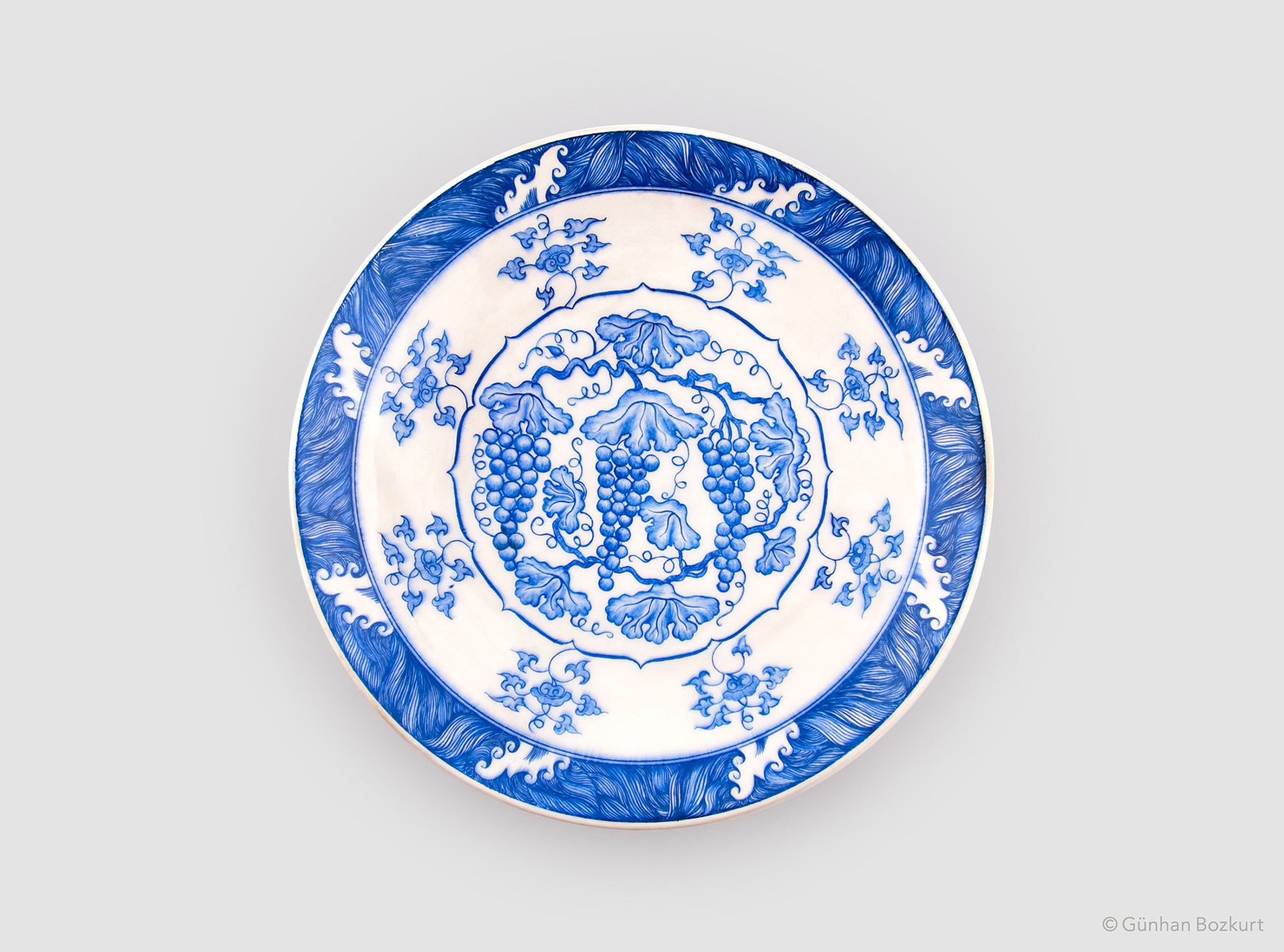
Based on an original Iznik charger, c. 1550–70. Private Collection, Istanbul / ceramic plate, Ø 30 cm
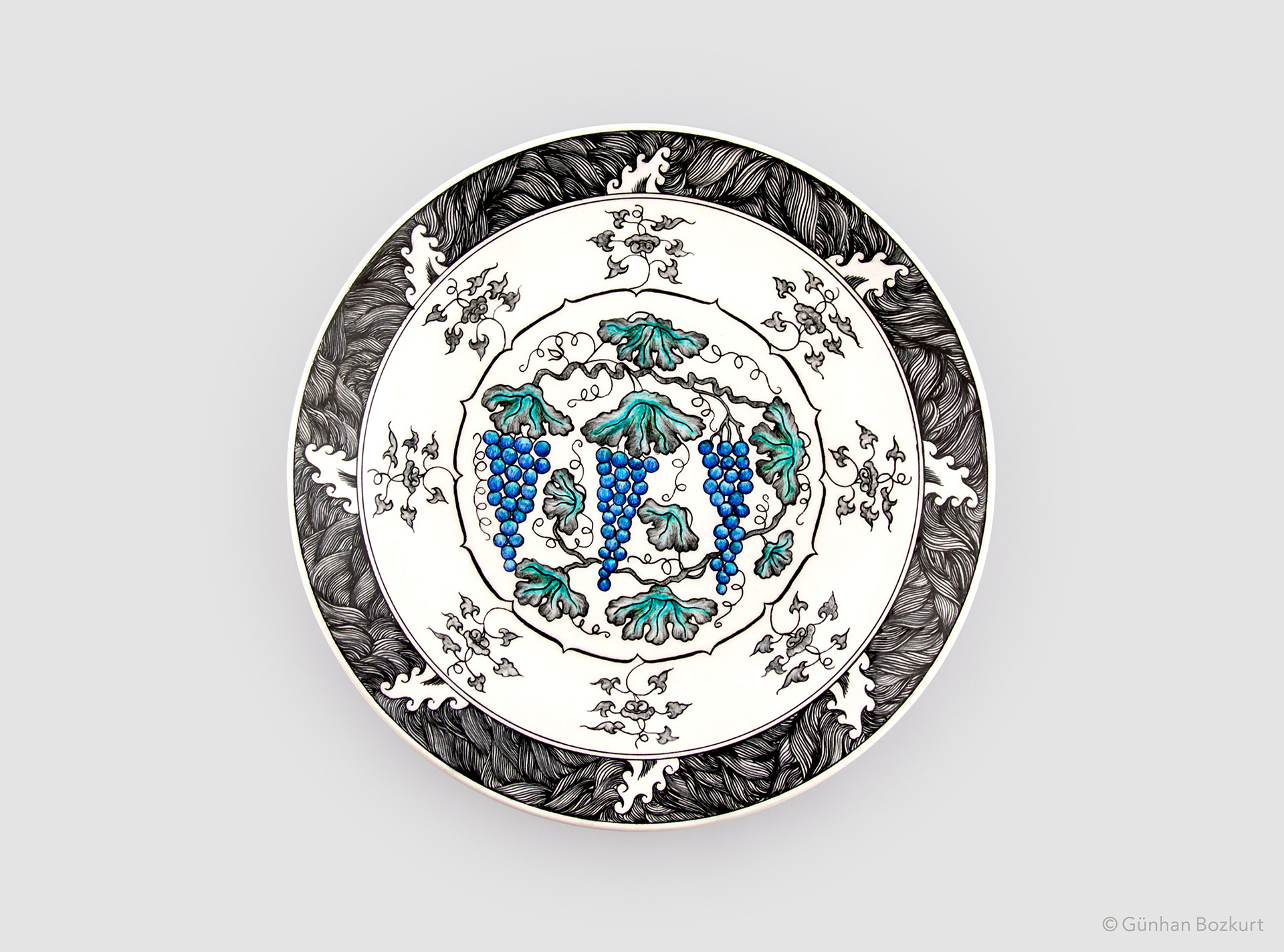
Based on an original Iznik charger, c. 1550–70. Private Collection, Istanbul / ceramic plate, Ø 30 cm
The Damascus Period (mid 16th century) introduced a richer palette. While flowers became the central motif, new colors such as eggplant purple and a sage-like green were added to the established cobalt blue and turquoise, lending the designs a softer, more vibrant harmony.
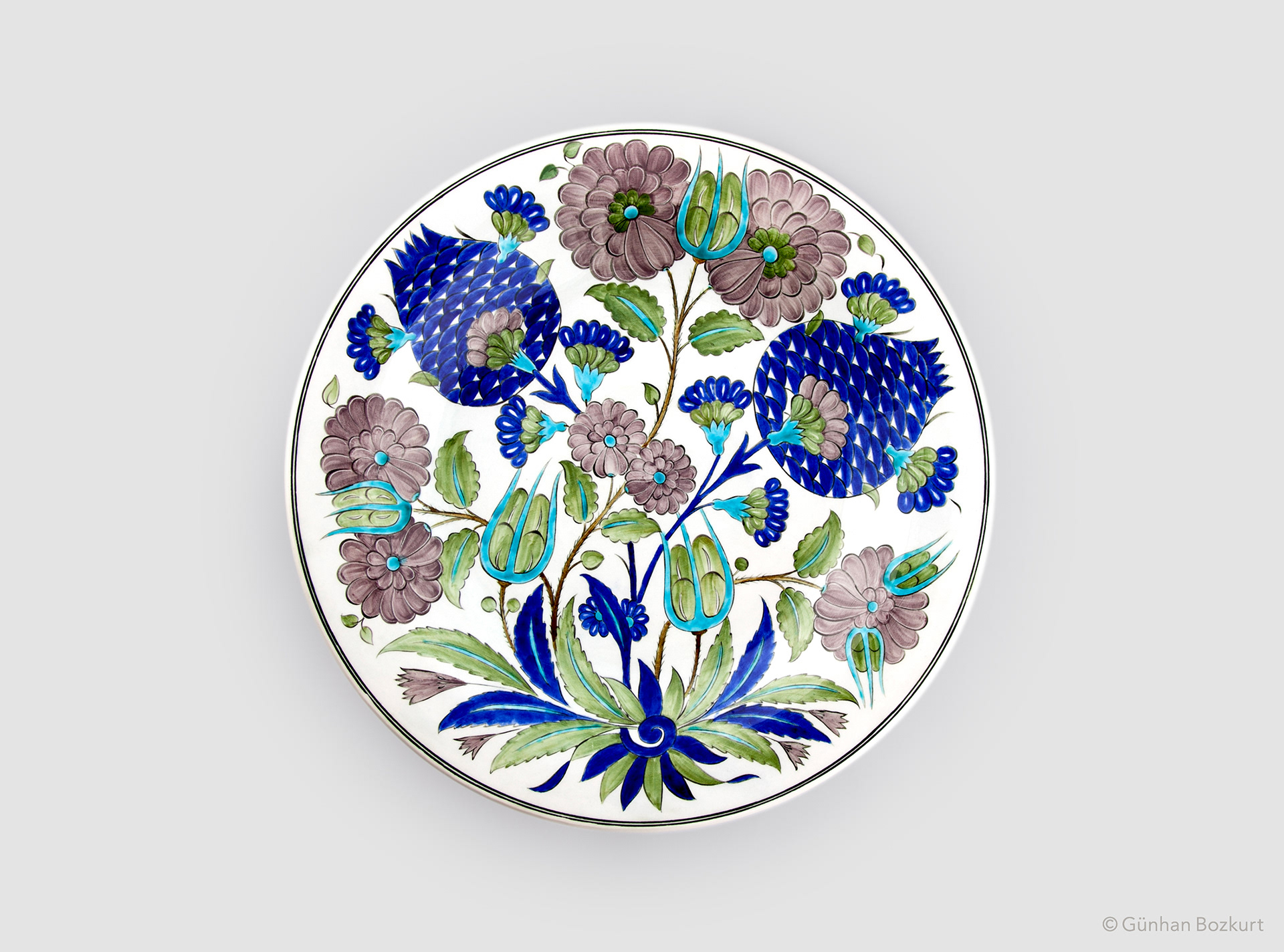
Based on an original Iznik rimless, shallow dish, c. 1545-50. Homayzi Collection, Kuwait / ceramic plate, Ø 40 cm
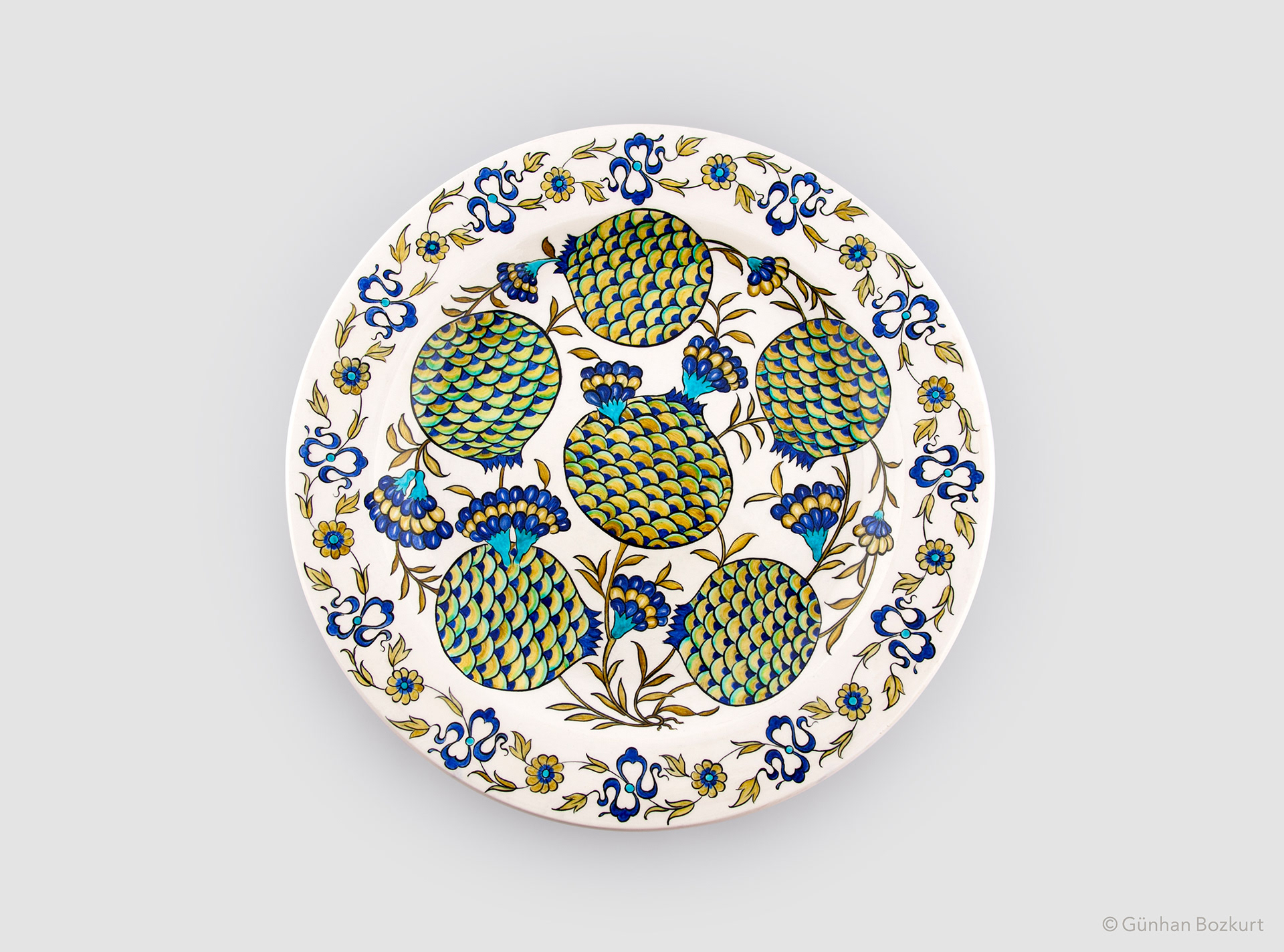
Based on an original Iznik plate with pomegranate decor, c.1530-1540. Museum of Islamic Art, Berlin / ceramic plate, Ø 40 cm
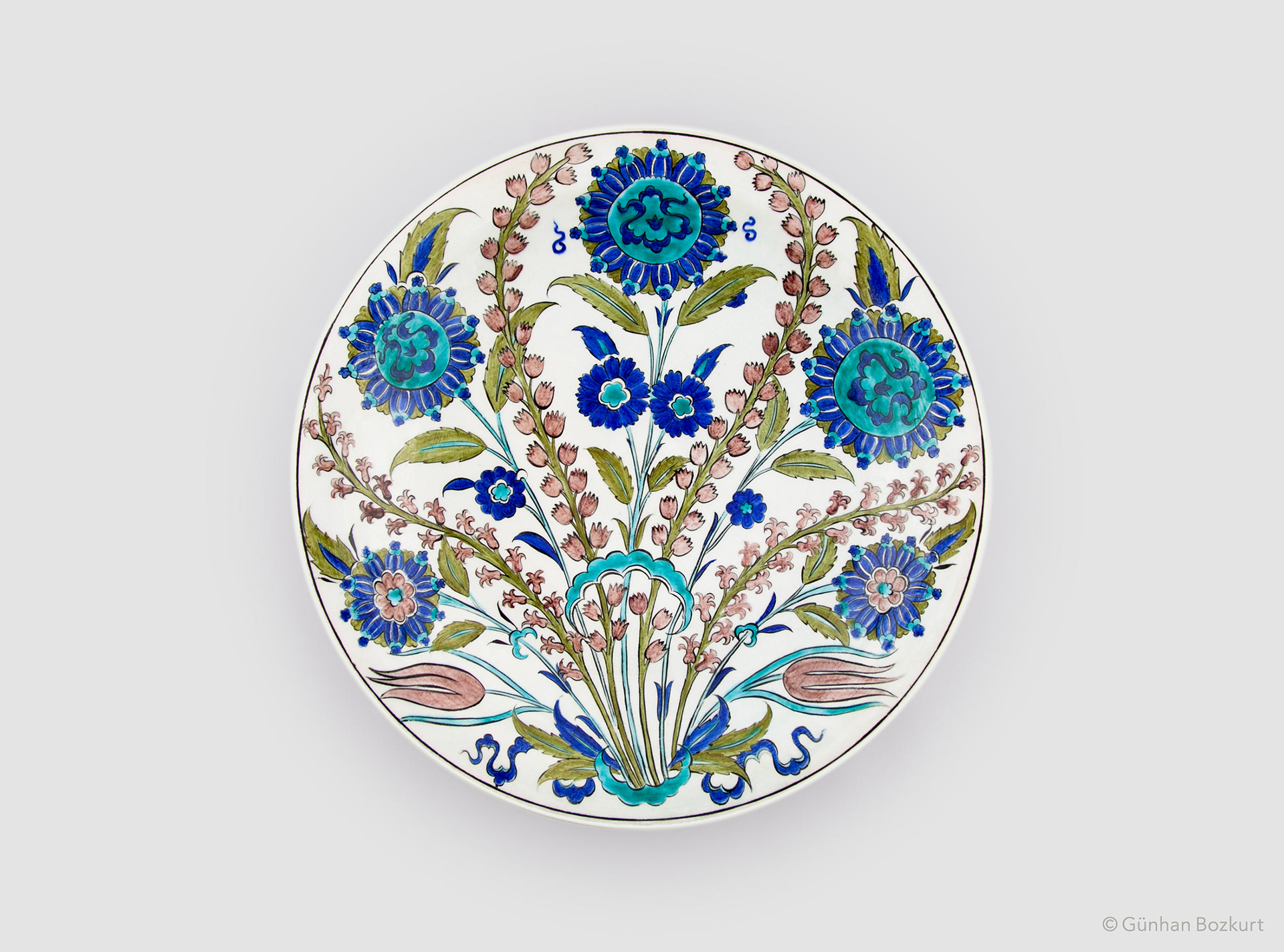
Based on an original Iznik rimless, shallow dish, c. 1550. Victoria & Albert Museum, London / ceramic plate, Ø 40 cm
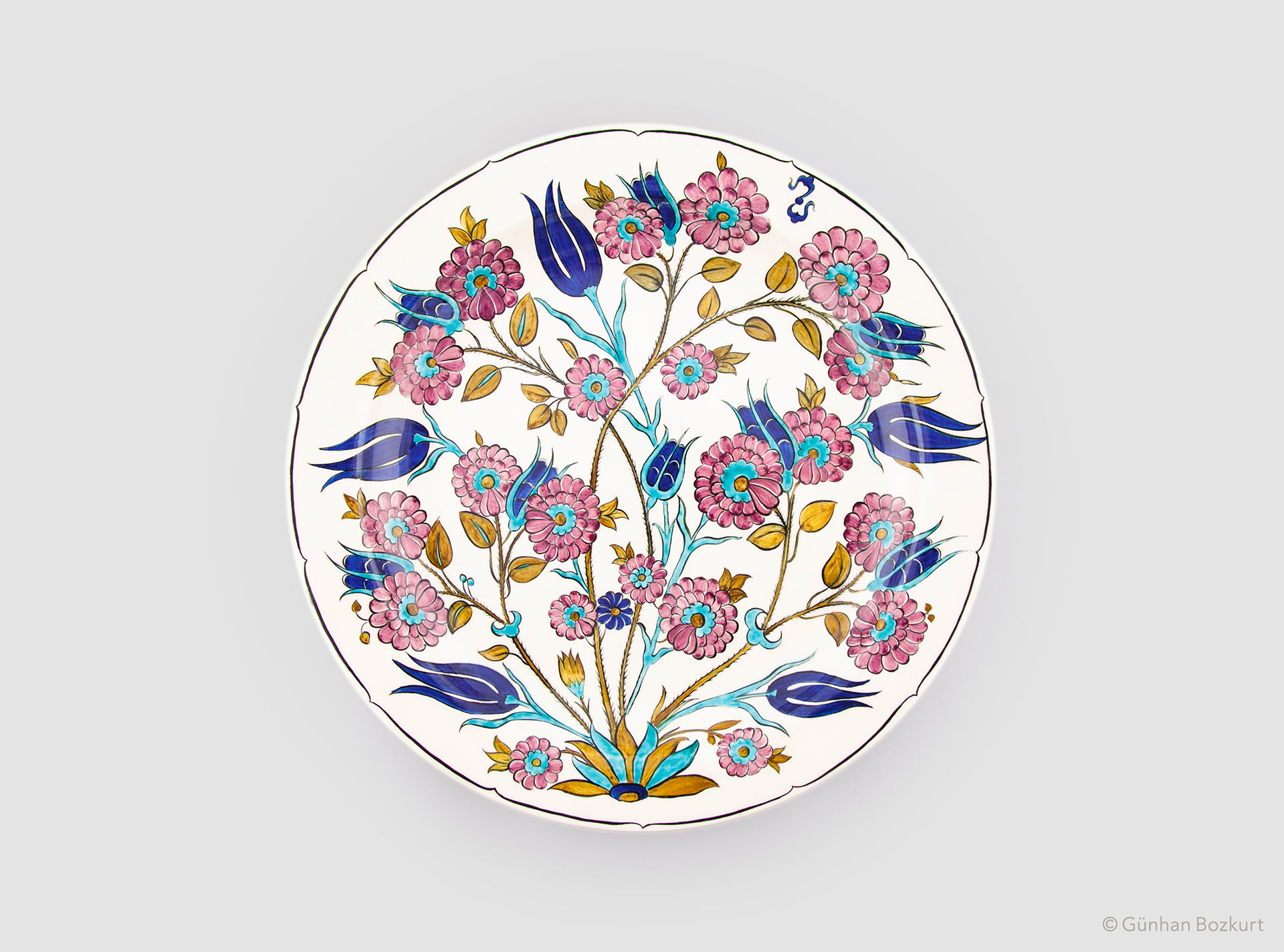
Based on an original Iznik deep dish with softly foliated rim, c. 1550-55. Victoria & Albert Museum, London / ceramic plate, Ø 40 cm
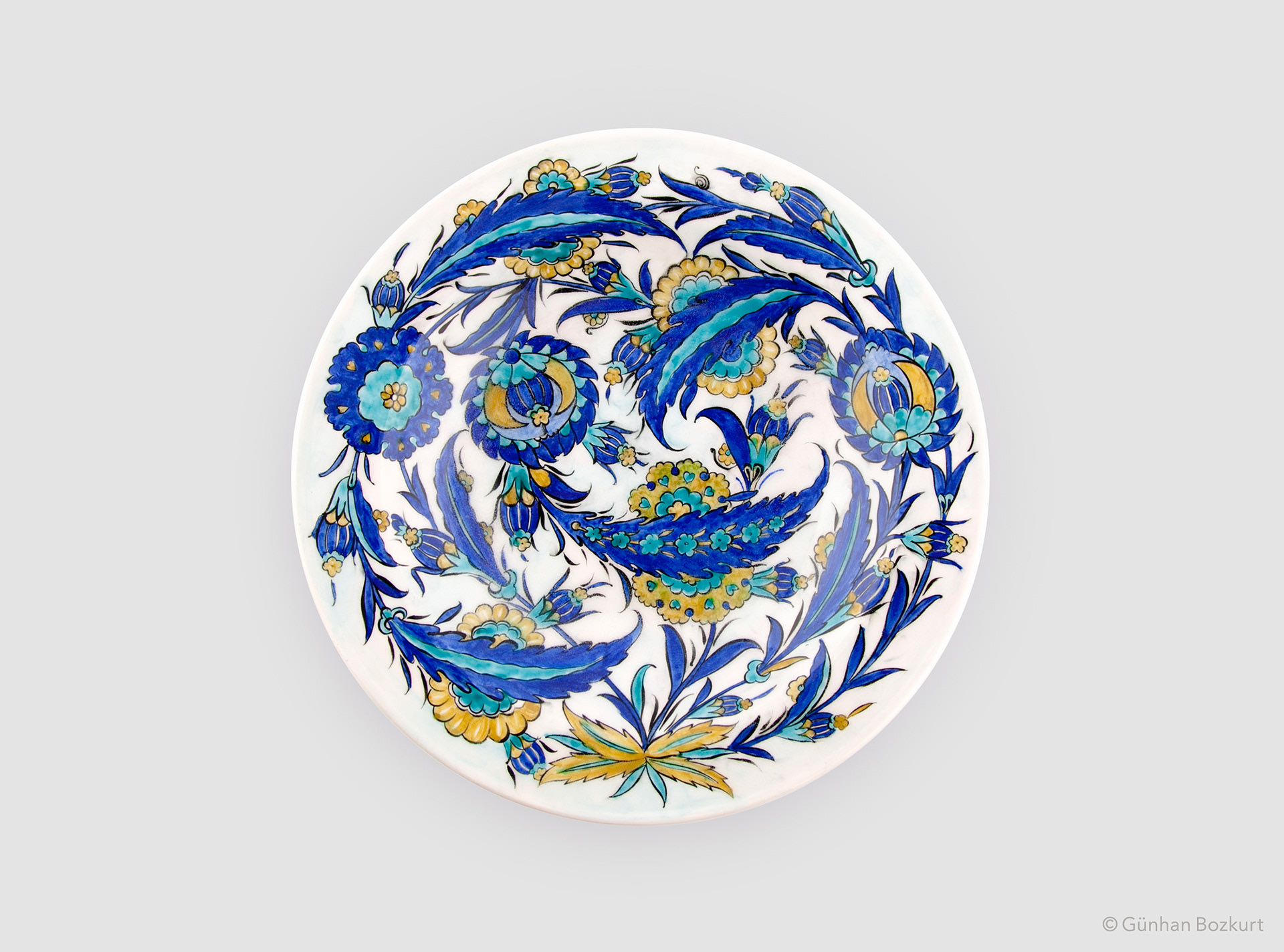
Based on an original Iznik deep dish with softly foliated rim, c. 1545-50. British Museum, London / ceramic plate, Ø 40 cm
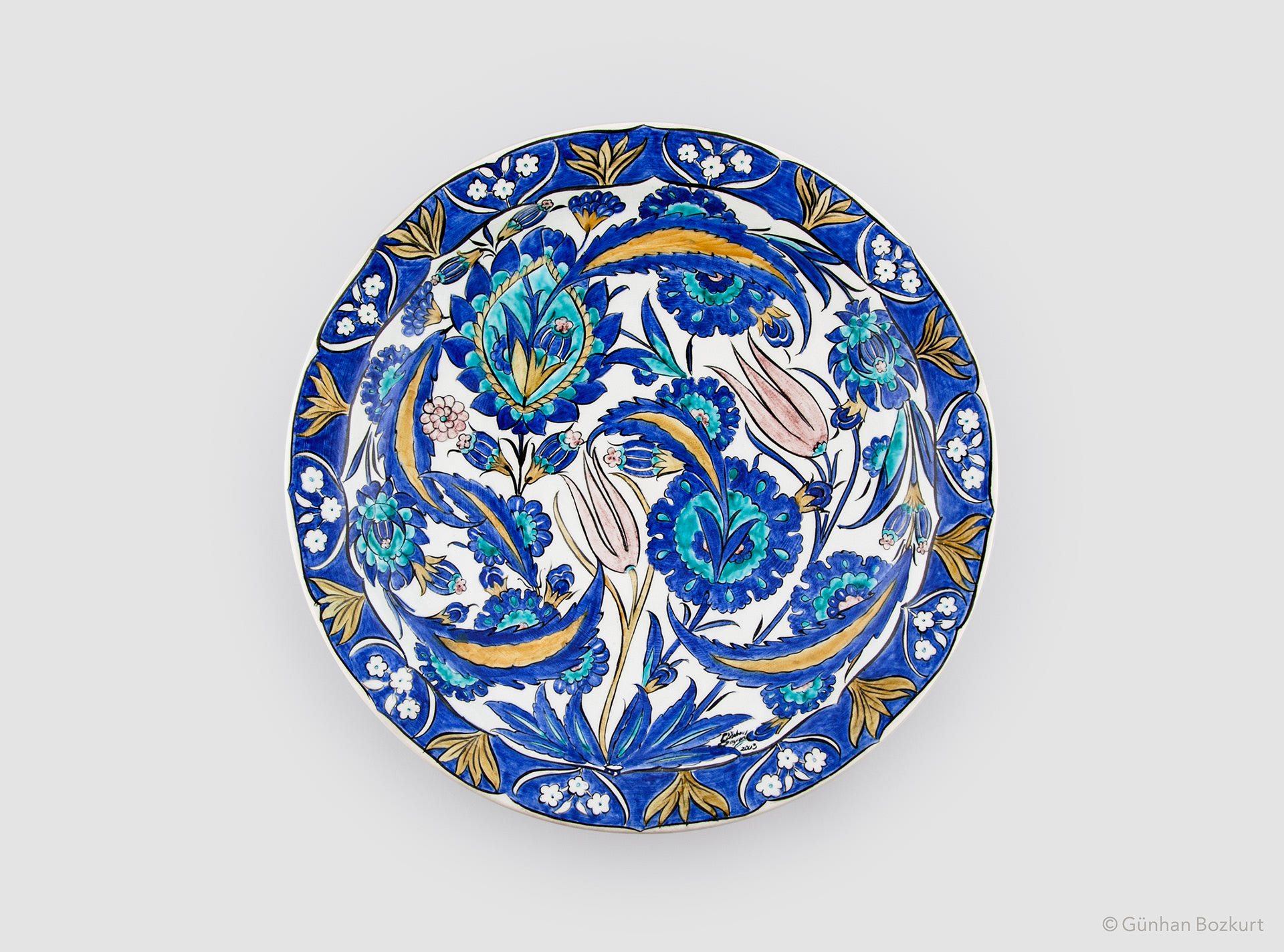
Based on an original Iznik deep dish with softly foliated rim, c. 1545-50. British Museum, London / ceramic plate, Ø 40 cm
The Red Period (second half of the 16th century) expanded both palette and composition. Coral red joined cobalt, turquoise, black, brown, and emerald. Motifs included hatai (Chinese-inspired florals), rumi (Ottoman arabesques), and cloud patterns, while the school of Nakkasbasi Karamemi pioneered naturalistic depictions of tulips, carnations, roses, hyacinths, lilies, violets, and vine leaves. This era also produced diverse works decorated with galleons, animals, and herringbone designs, marking the height of Iznik ceramic artistry.
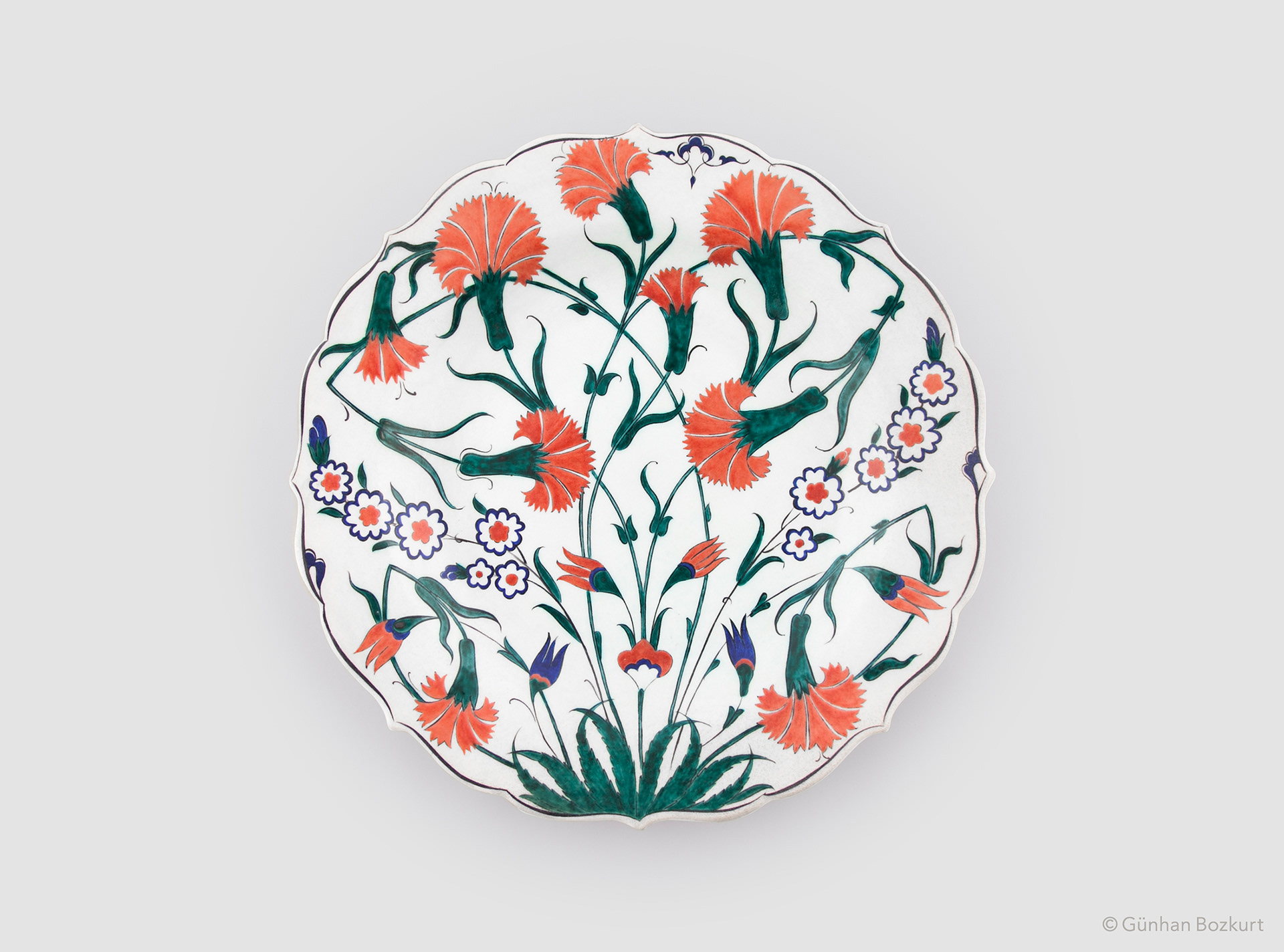
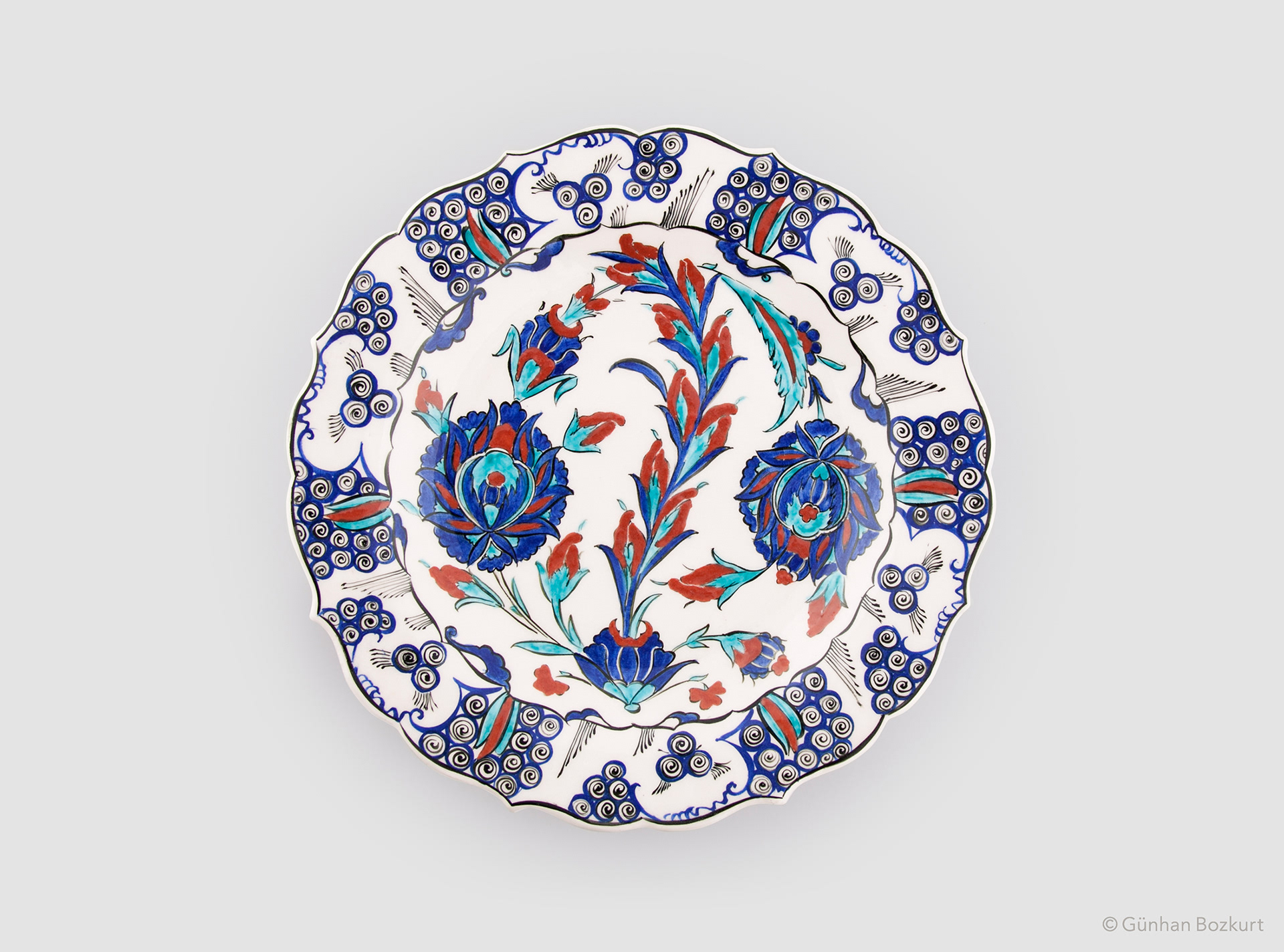
Based on an original Iznik dish, c.1560. Calouste Gulbenkian Foundation Museum, Lisbon / ceramic plate, Ø 30 cm Based on an original Iznik / ceramic plate, Ø 40 cm
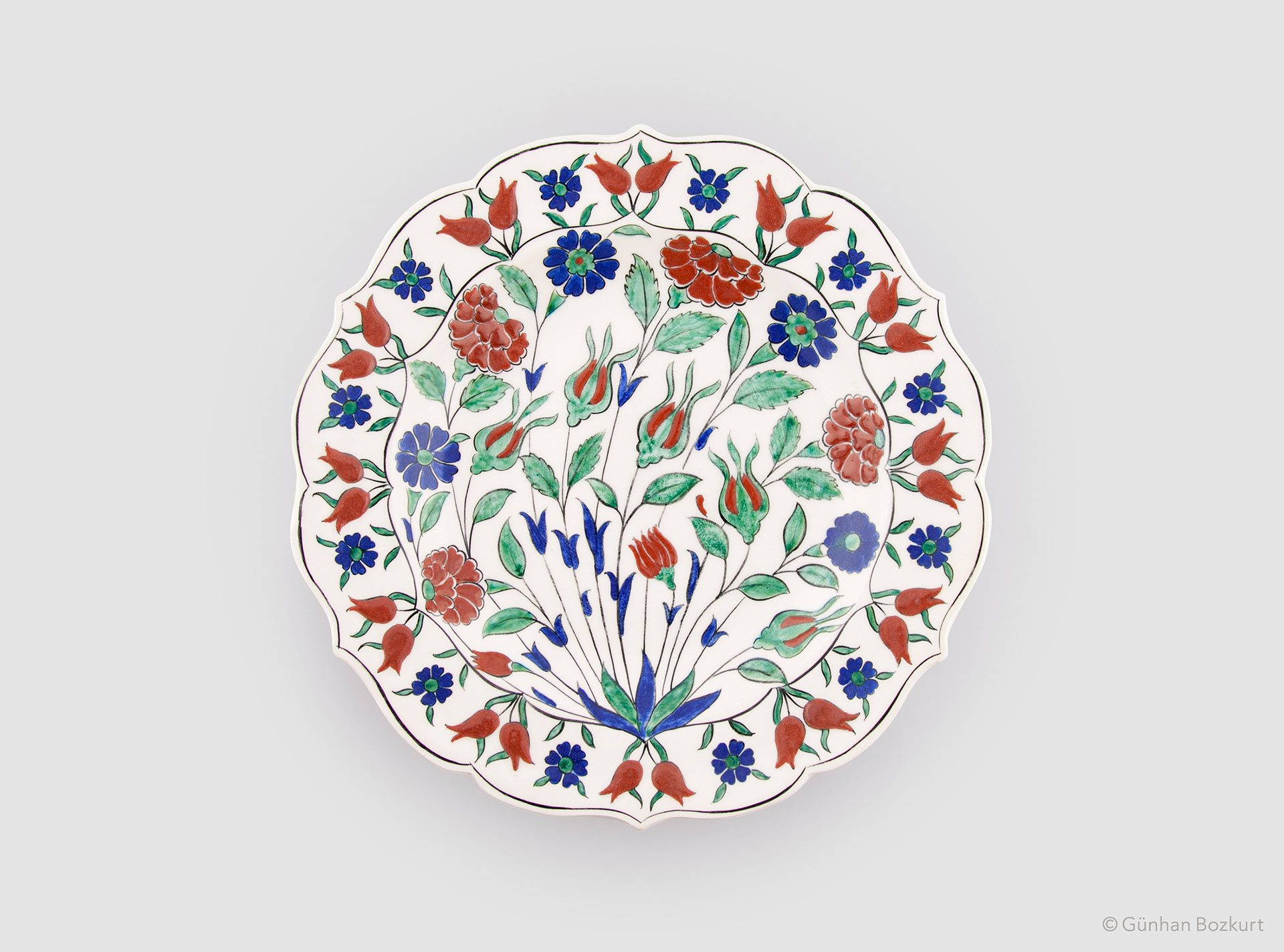
Based on an original Iznik dish with foliate rim, c. 1560-65. Victoria & Albert Museum, London / ceramic plate, Ø 40 cm
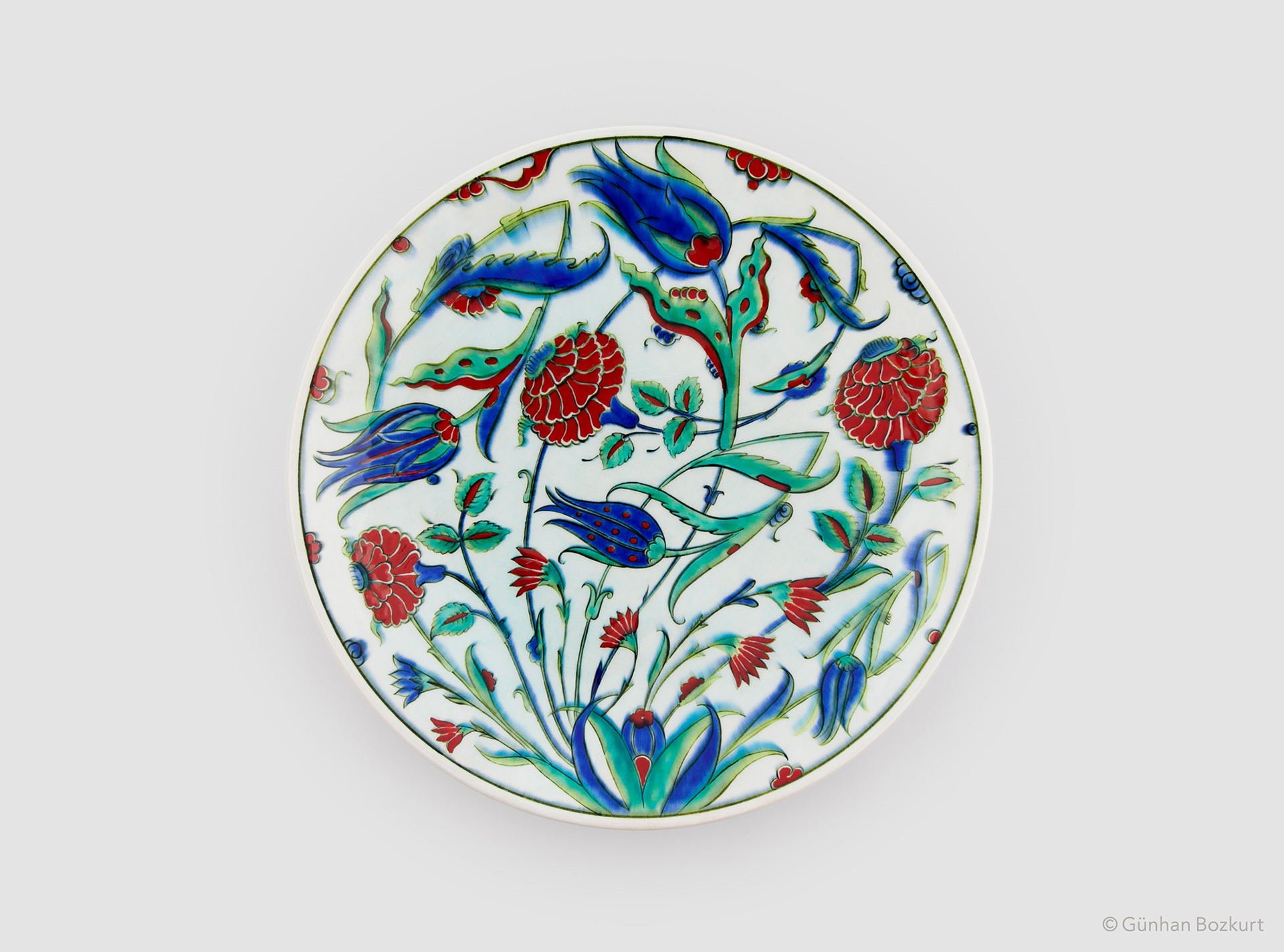
Based on an original Iznik dish, c. 1575. Mathey Collection, Malibu / ceramic plate, Ø 30 cm
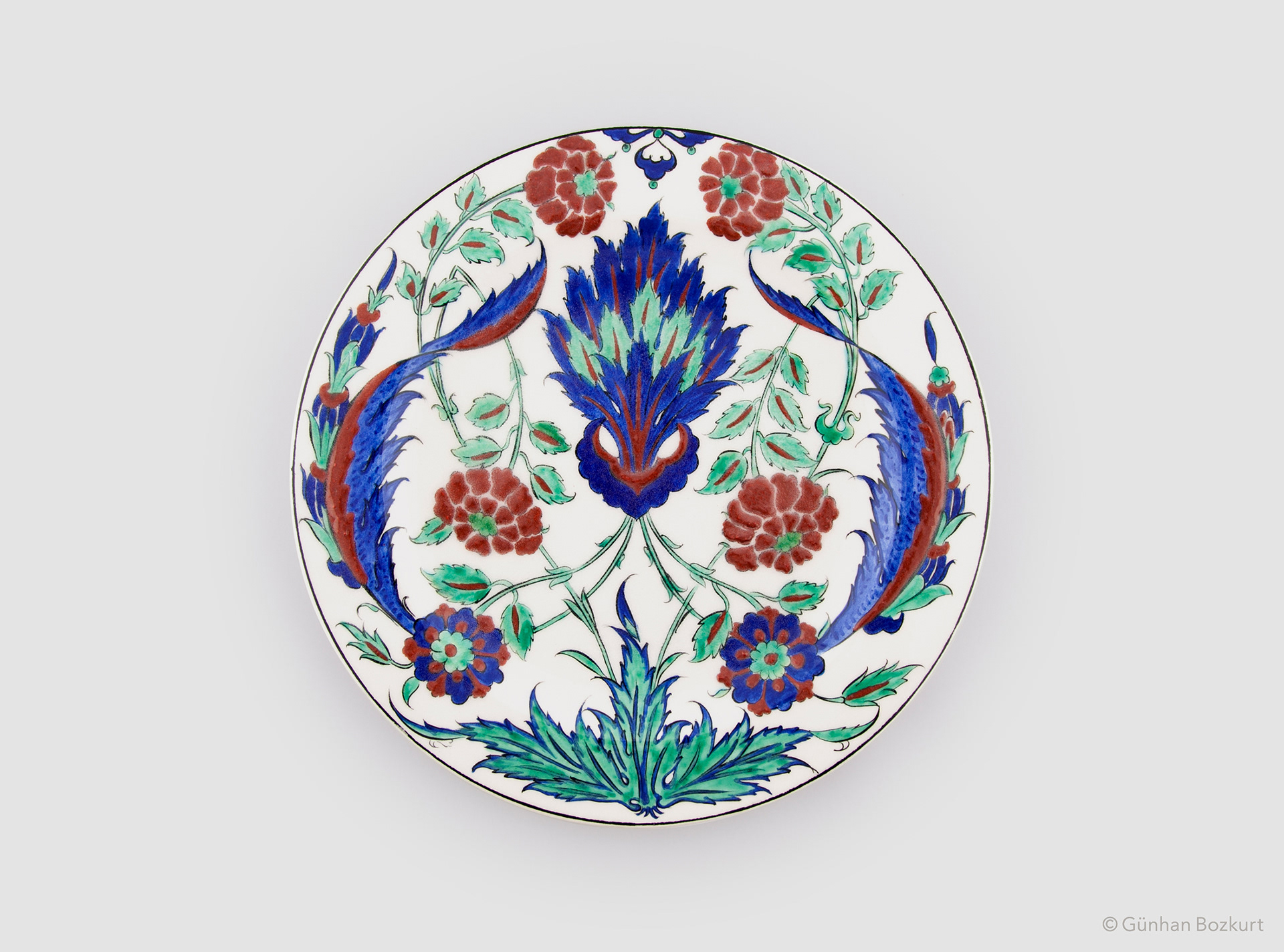
Based on an original Iznik dish, c 1575. Calouste Gulbenkian Foundation Museum, Lisbon / ceramic plate, Ø 35 cm
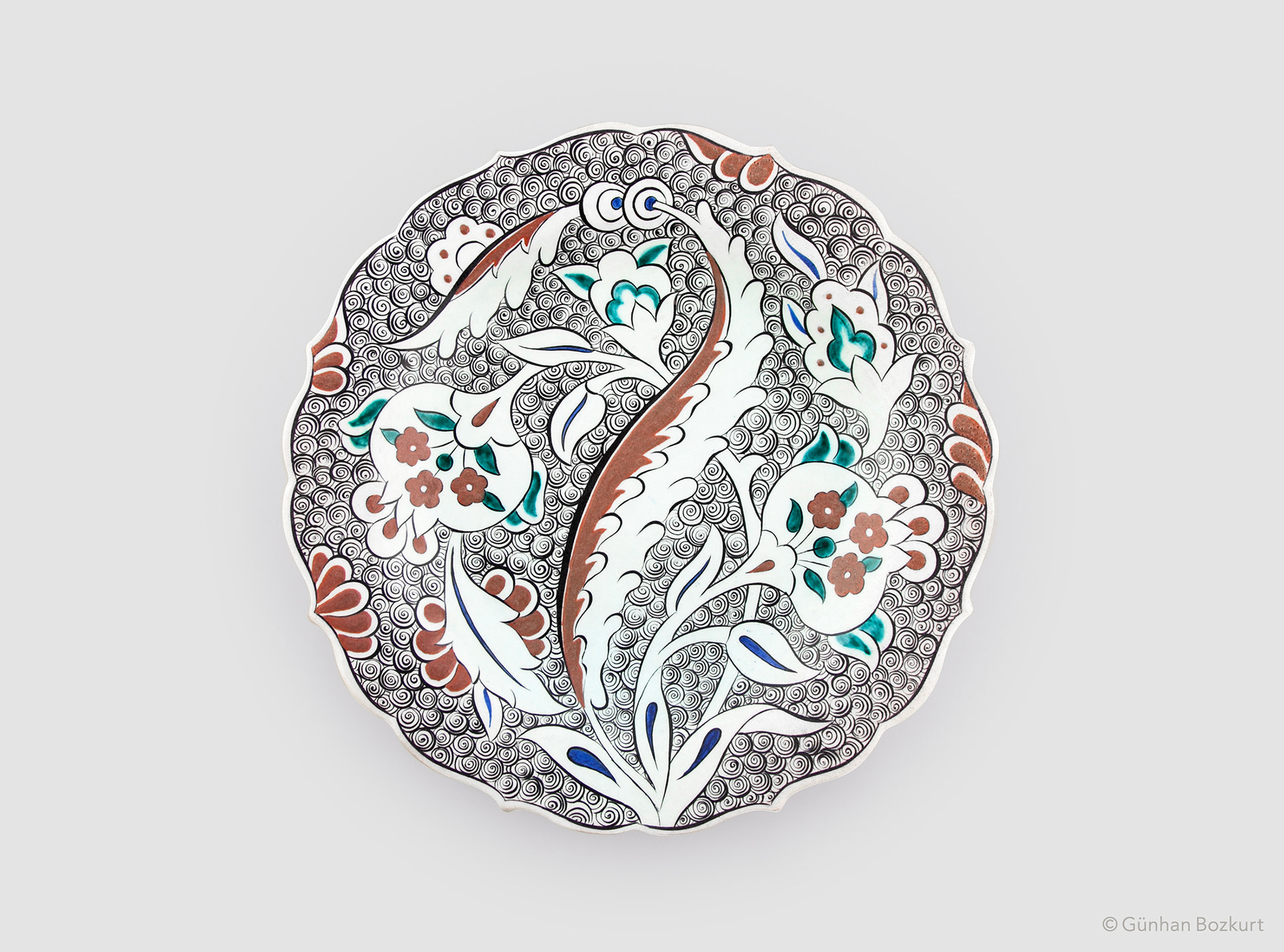
Based on an original Iznik dish, c. 1585-90. Savile Club, London / ceramic plate, Ø 30 cm
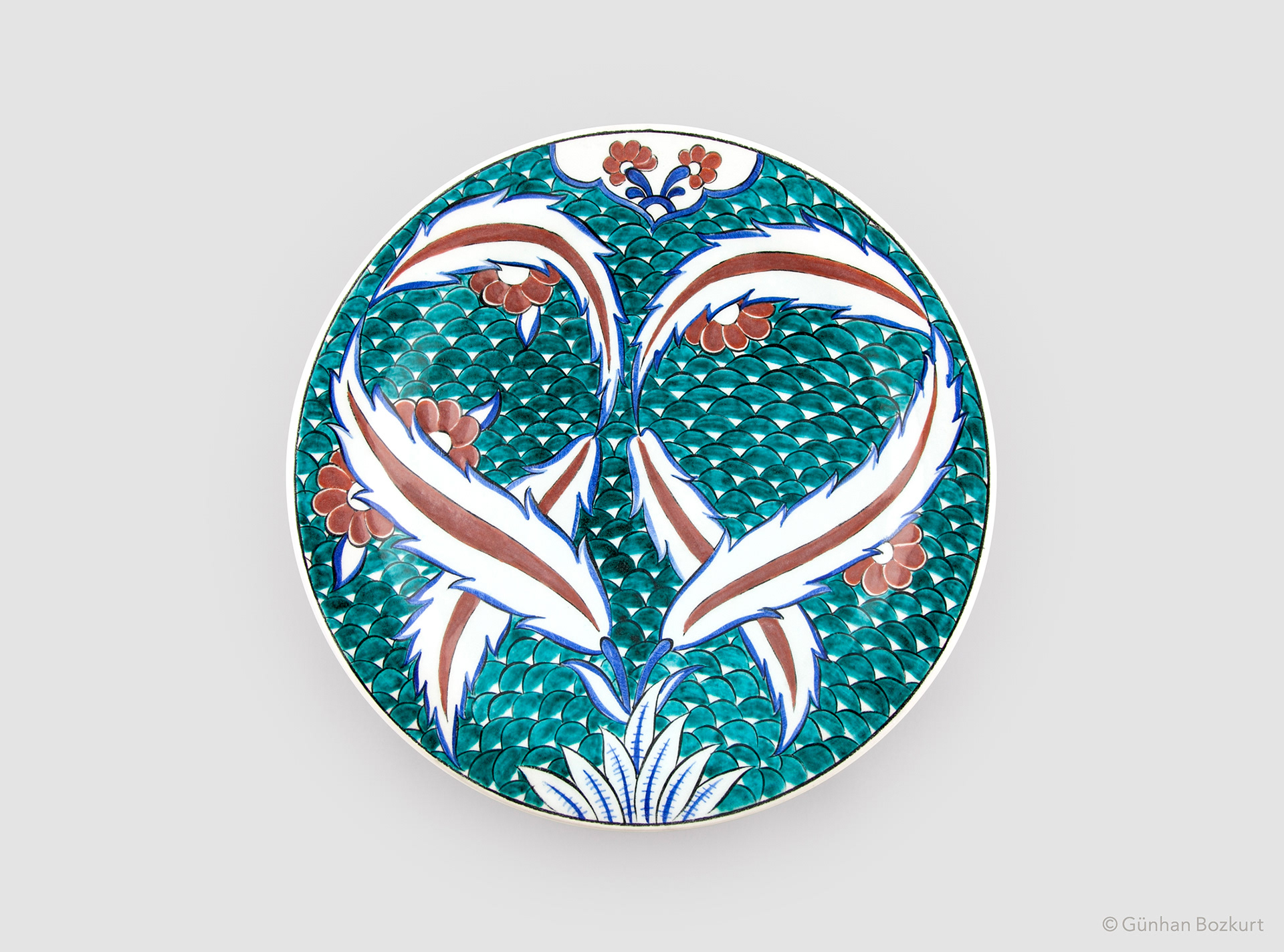
Based on an original Iznik dish / ceramic plate, Ø 30 cm
